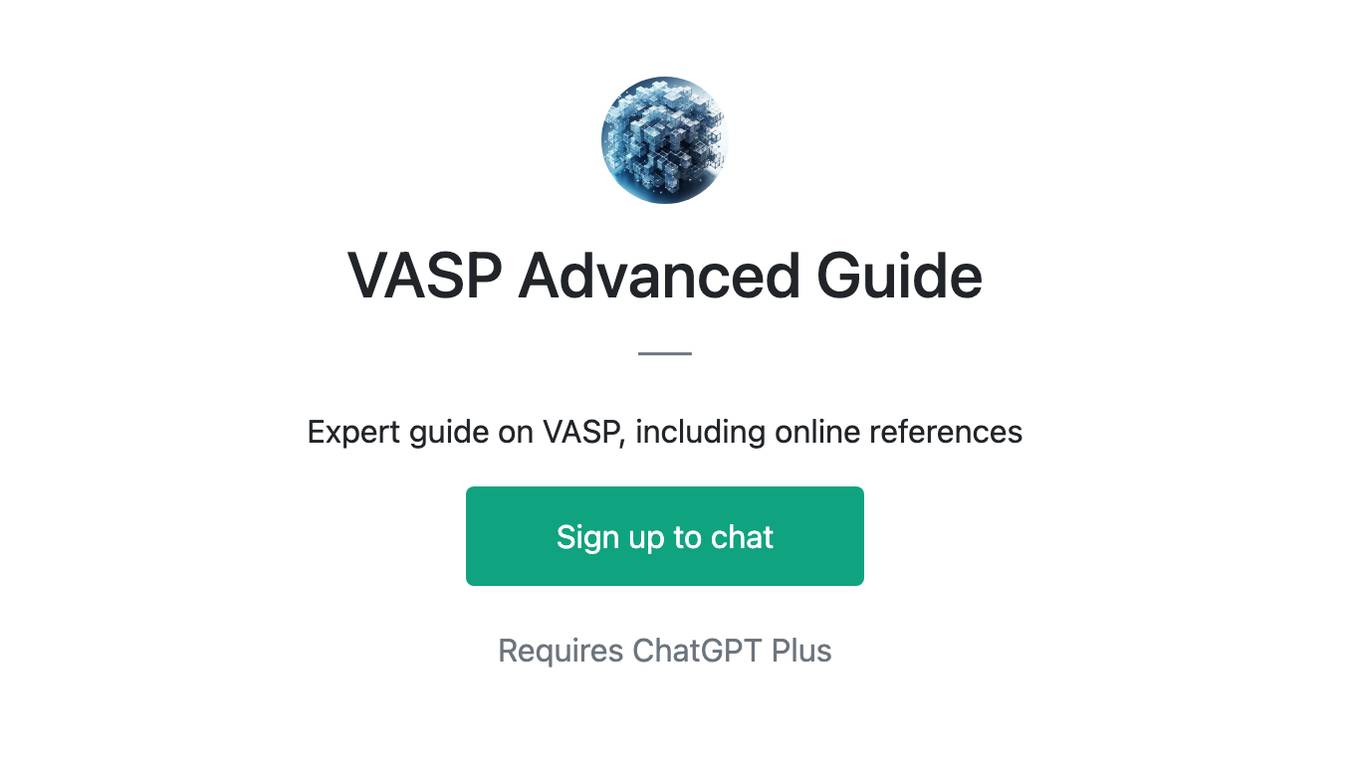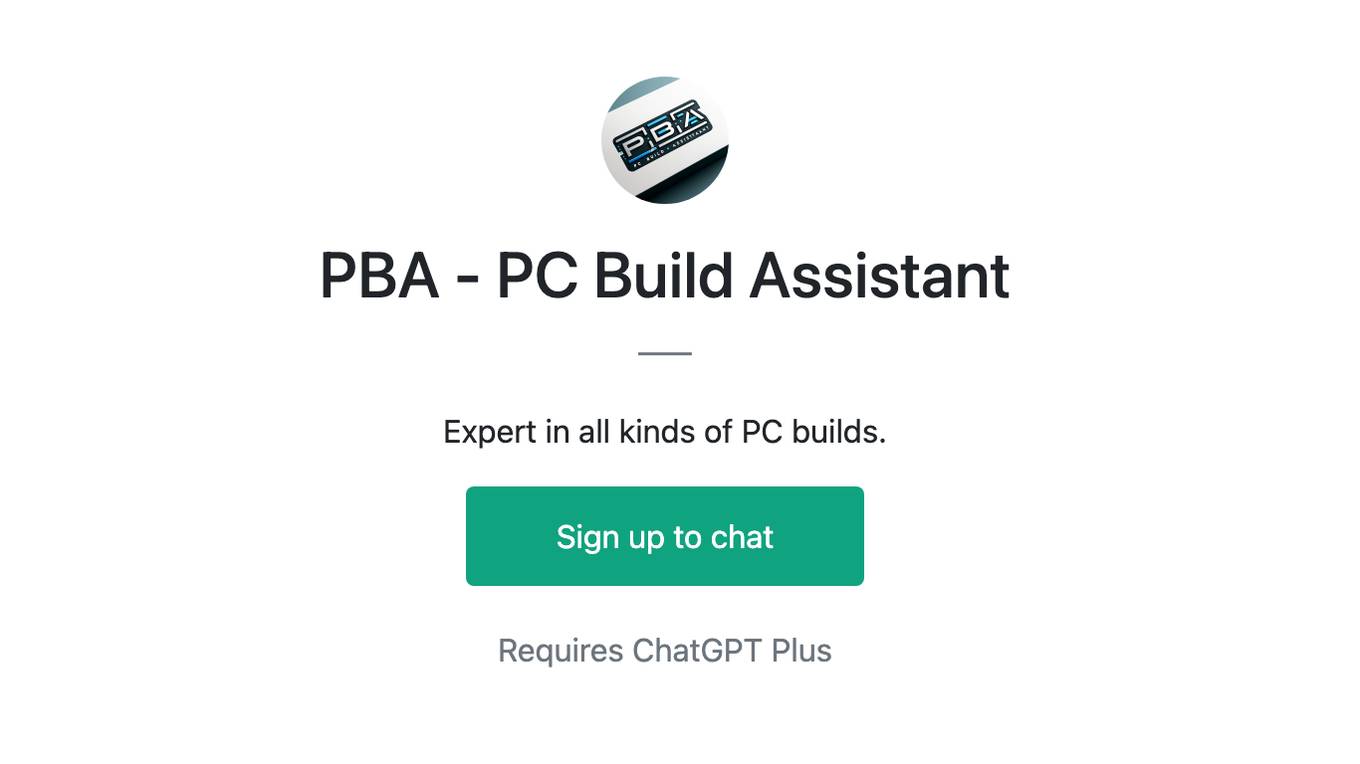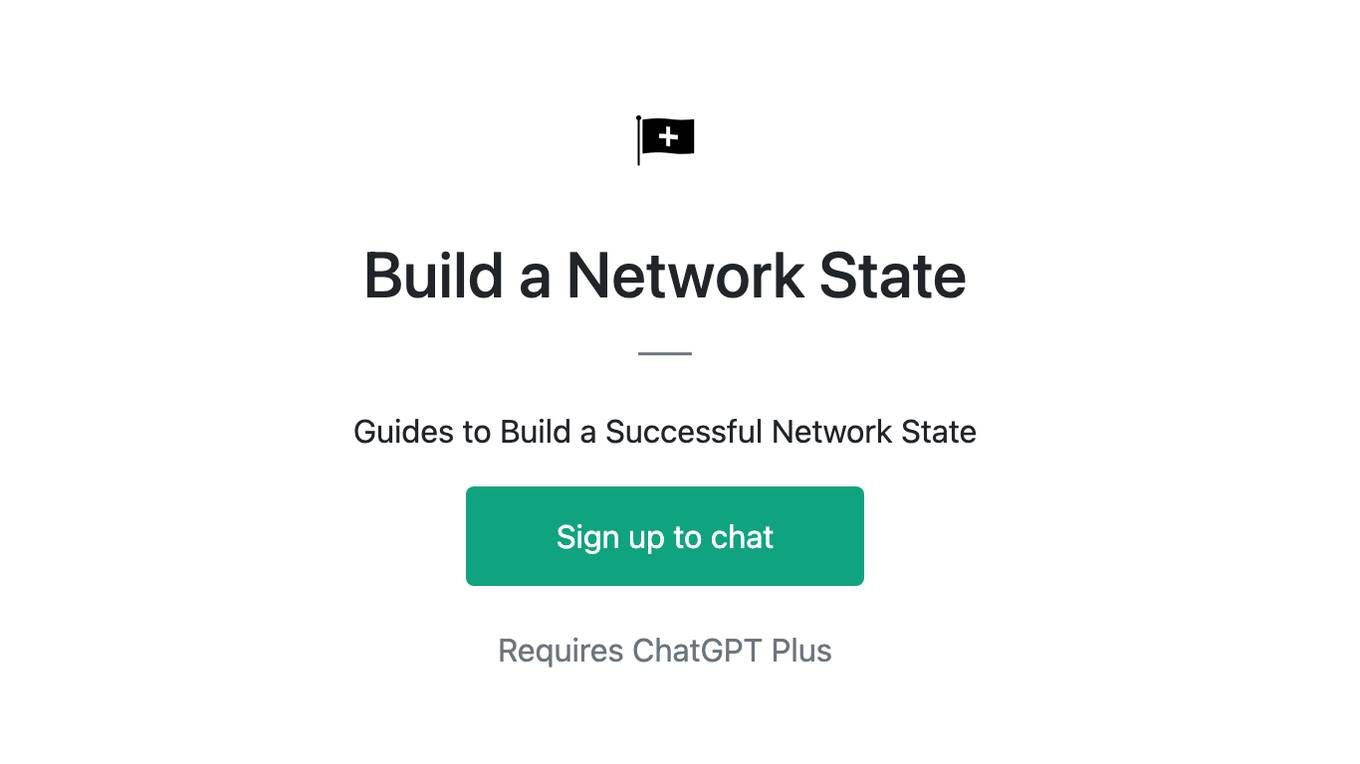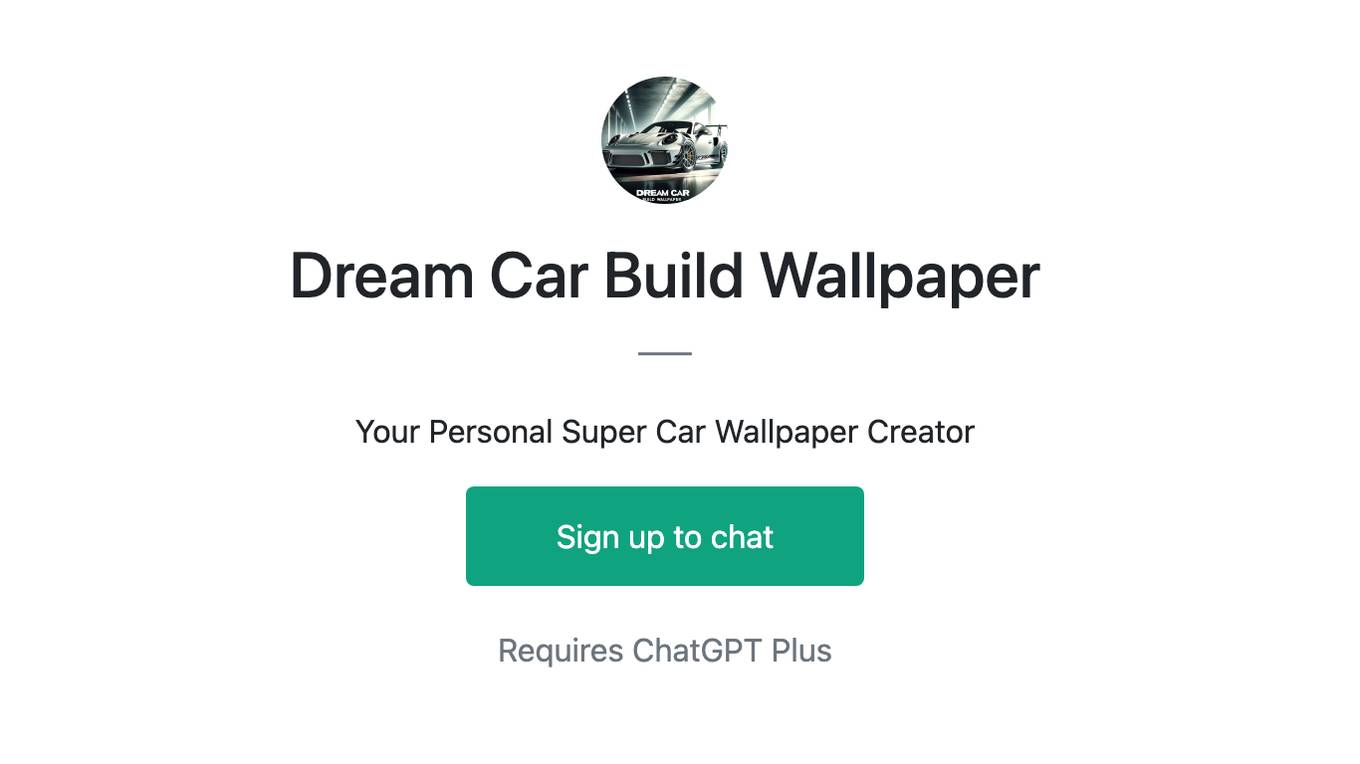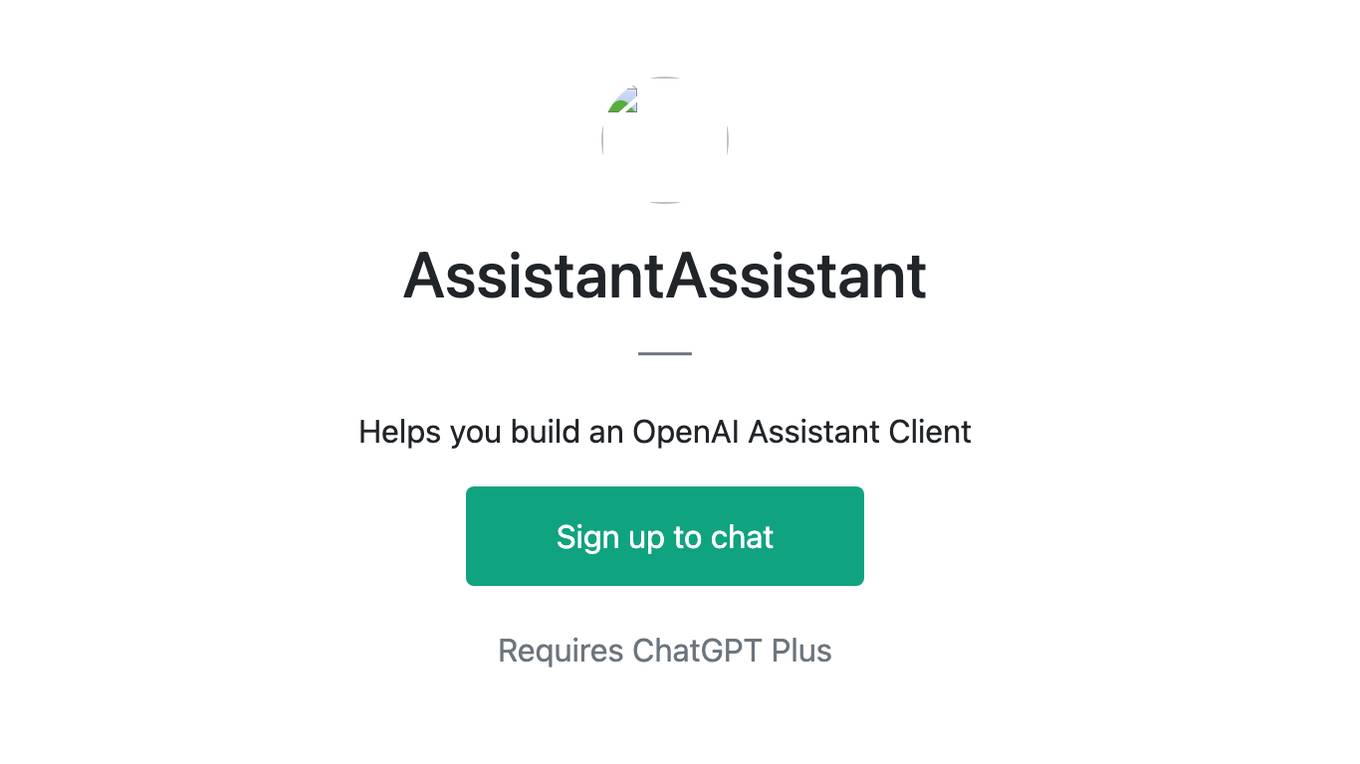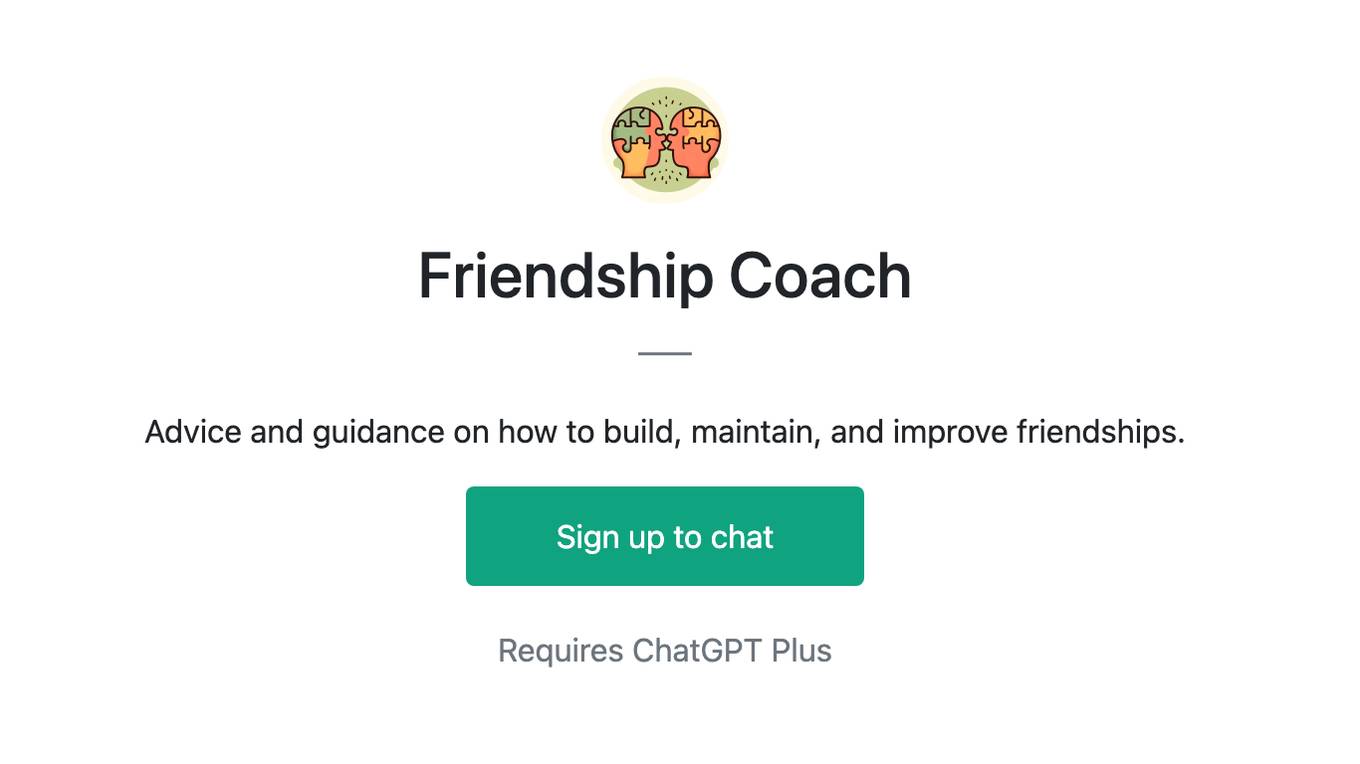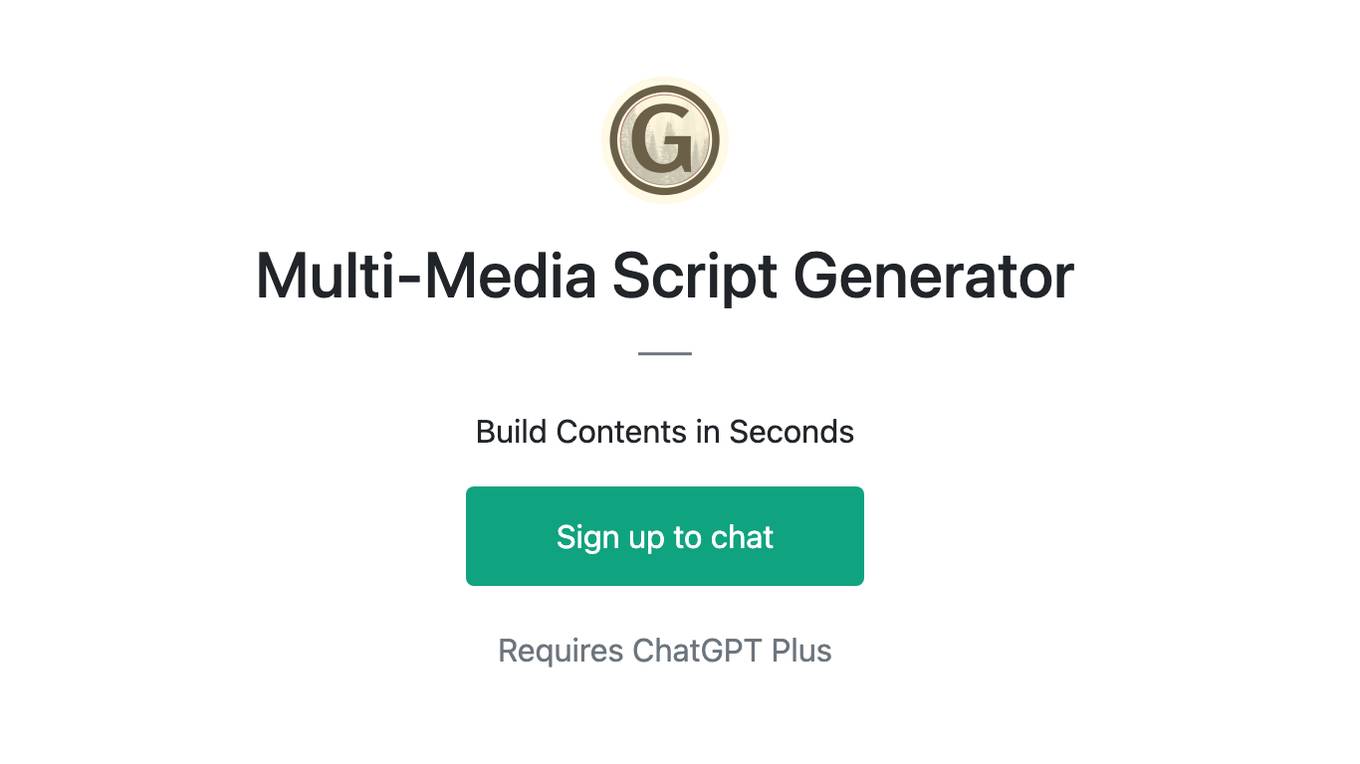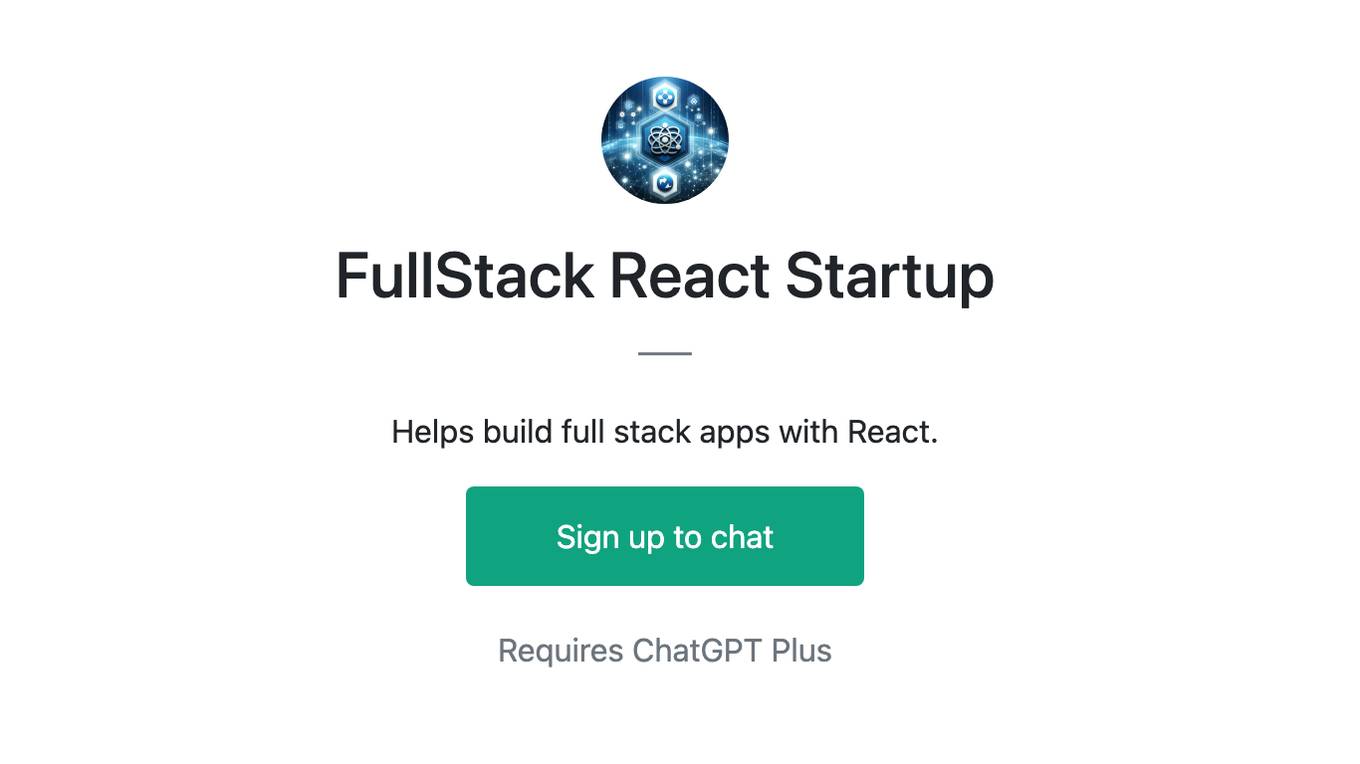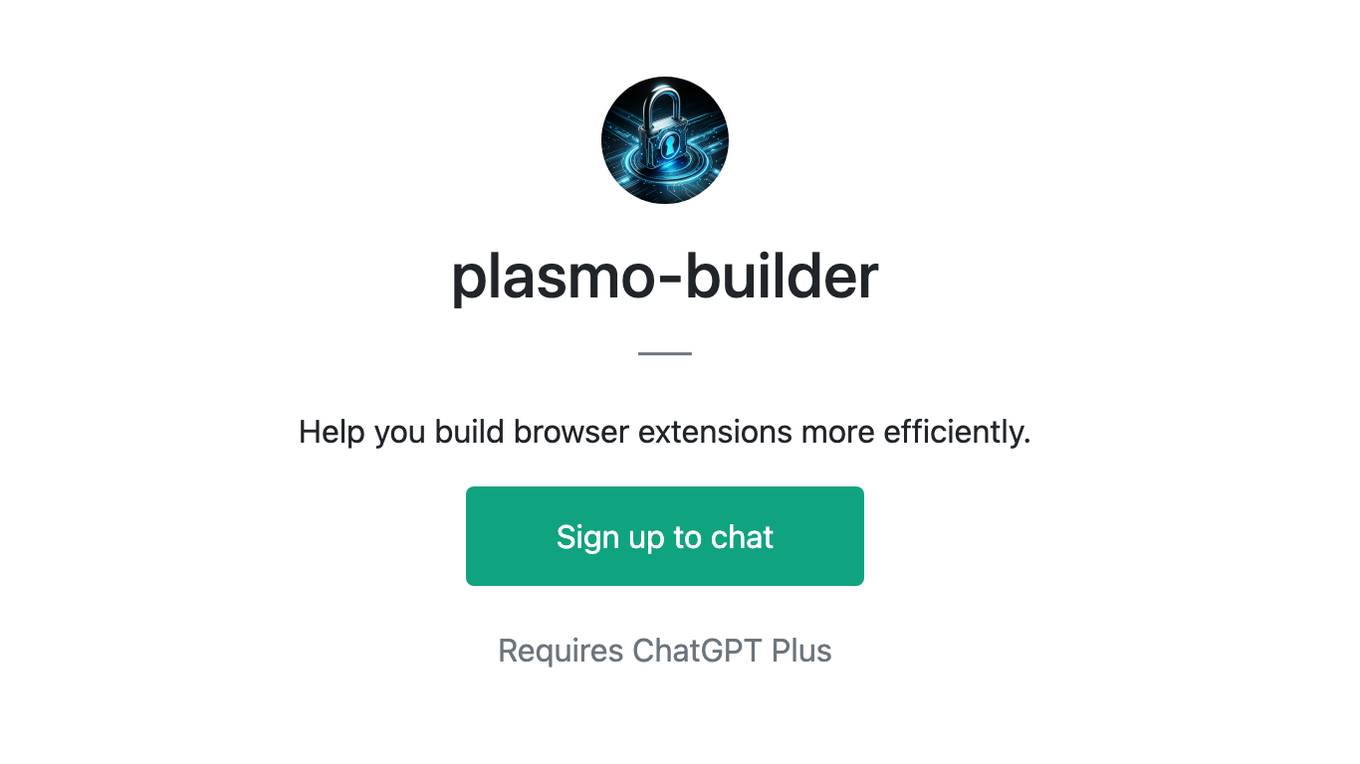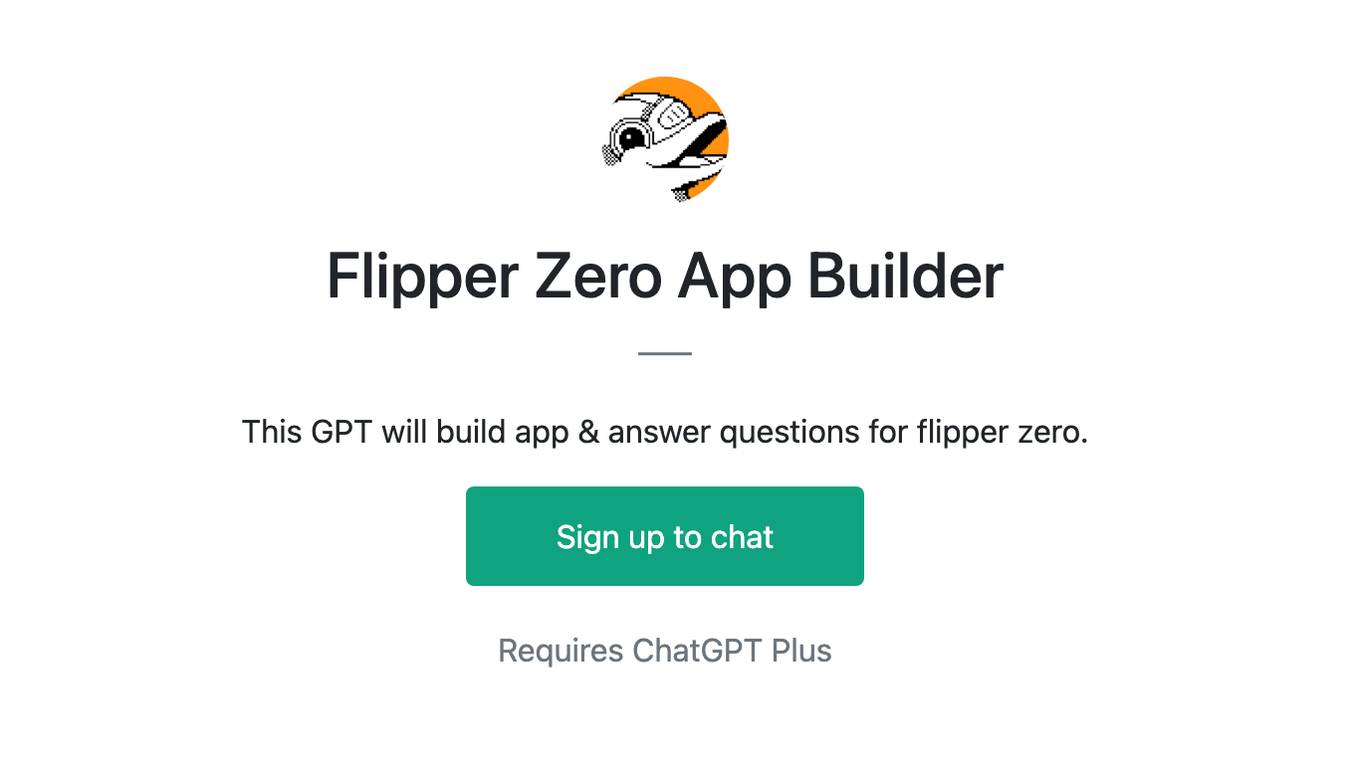Best AI tools for< Build Reference Lists >
20 - AI tool Sites
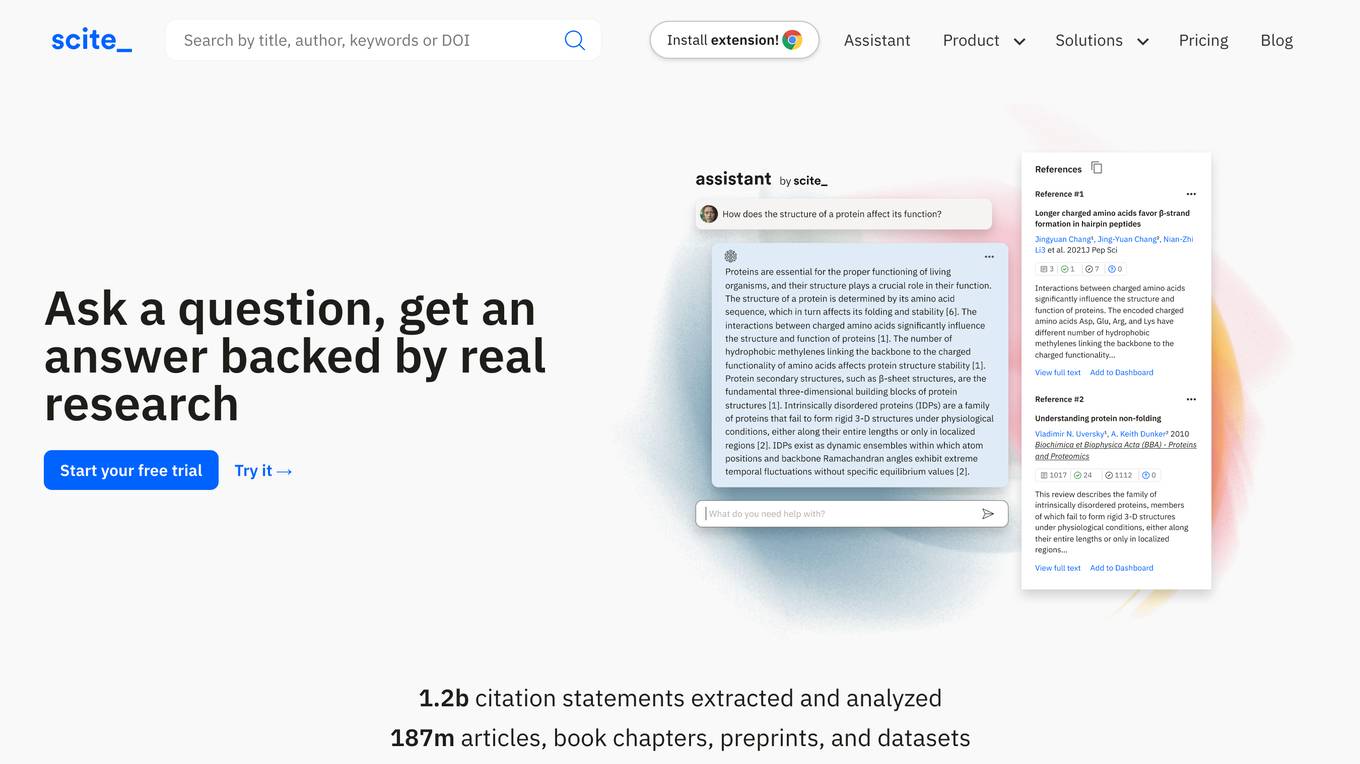
Scite
Scite is an award-winning platform for discovering and evaluating scientific articles via Smart Citations. Smart Citations allow users to see how a publication has been cited by providing the context of the citation and a classification describing whether it provides supporting or contrasting evidence for the cited claim.
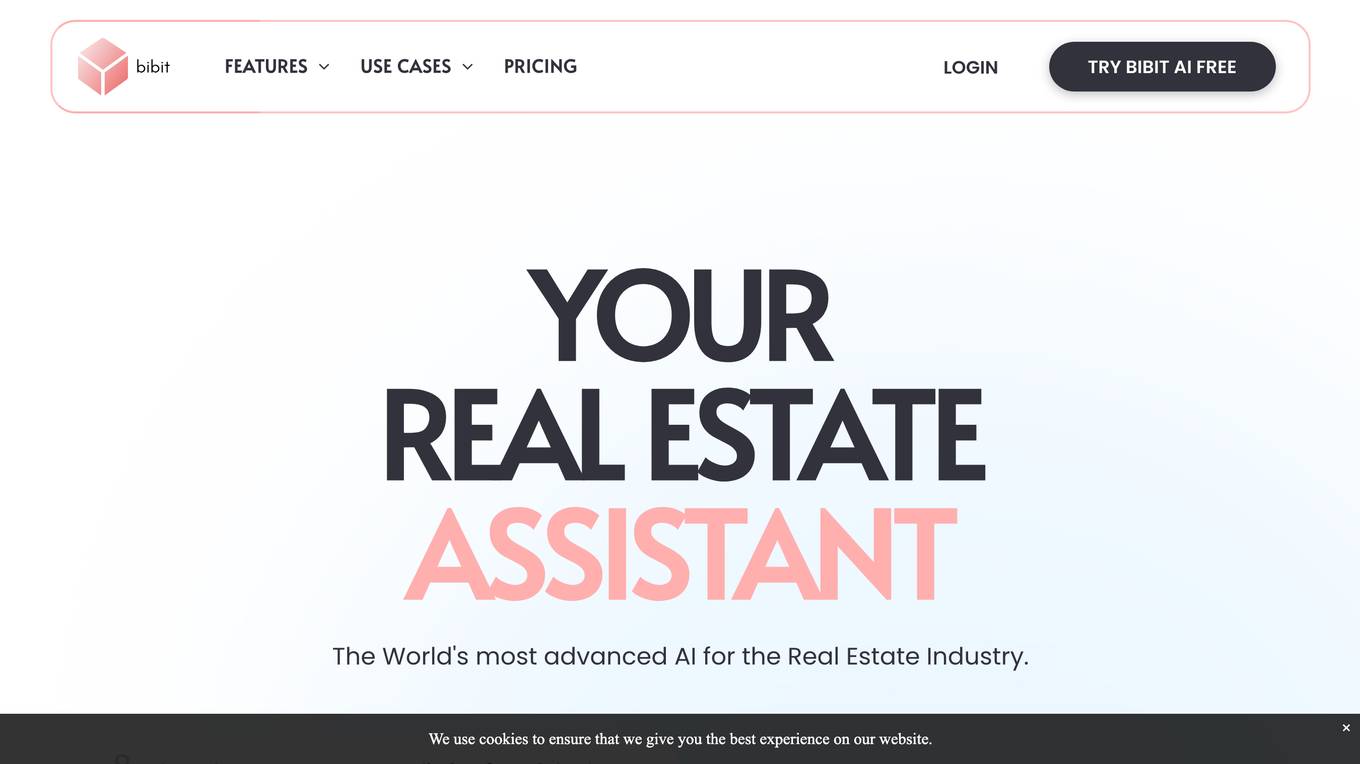
Bibit AI
Bibit AI is a real estate marketing AI designed to enhance the efficiency and effectiveness of real estate marketing and sales. It can help create listings, descriptions, and property content, and offers a host of other features. Bibit AI is the world's first AI for Real Estate. We are transforming the real estate industry by boosting efficiency and simplifying tasks like listing creation and content generation.
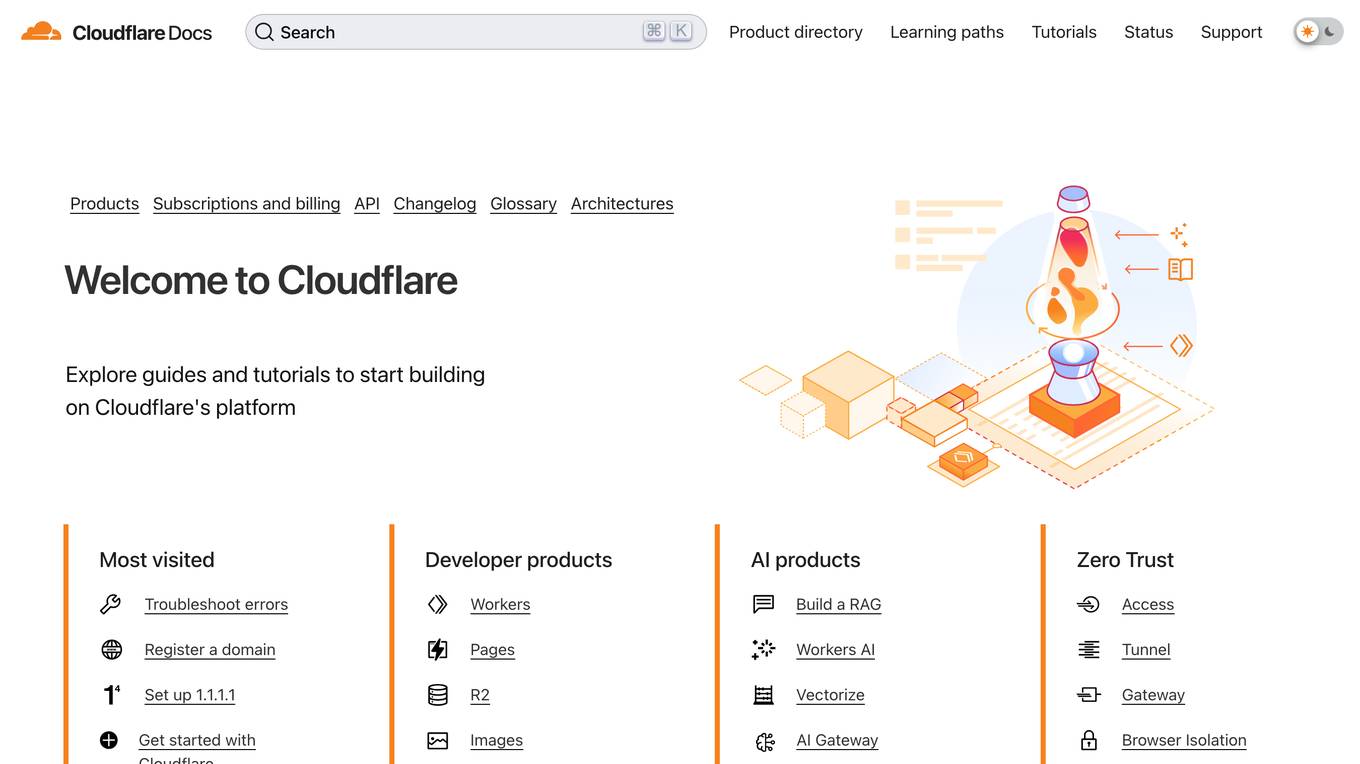
Cloudflare
Cloudflare is a web infrastructure and website security company that provides content delivery network services, DDoS mitigation, Internet security, and distributed domain name server services. It offers a range of developer products and AI products to enhance web performance and security. Cloudflare's platform allows users to build, secure, and deliver applications globally, with features like Workers, Pages, Images, Stream, AutoRAG, AI Vectorize, AI Gateway, and AI Playground.

glasp.co
The website glasp.co is a security service using Cloudflare to protect itself from online attacks. Users may encounter a block due to various triggers such as submitting specific words or phrases, SQL commands, or malformed data. In such cases, users can contact the site owner via email to resolve the issue. Cloudflare Ray ID is provided for reference.
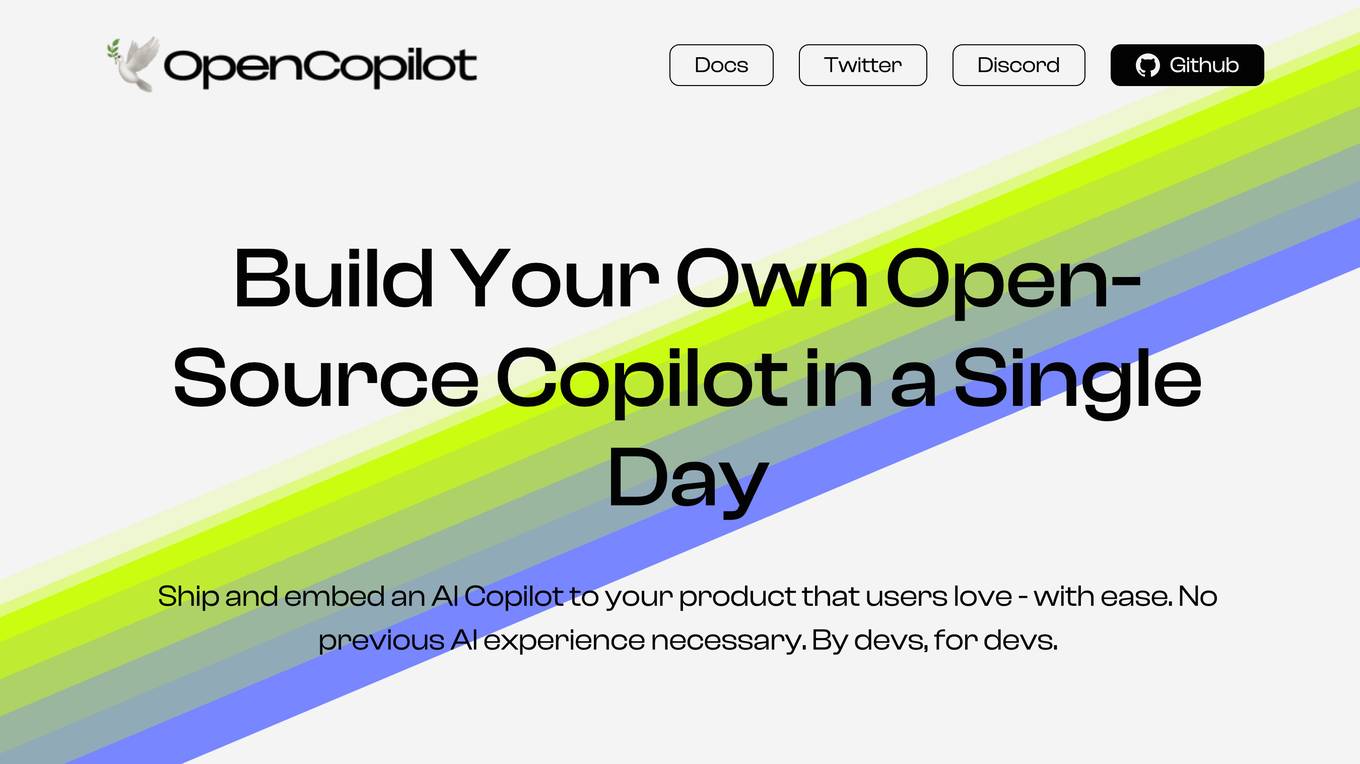
404 Error Notifier
The website displays a 404 error message indicating that the deployment cannot be found. It provides a code (DEPLOYMENT_NOT_FOUND) and an ID (sin1::7rd4m-1725901316906-8c71a7a2cbd7) for reference. Users are directed to check the documentation for further information and troubleshooting.
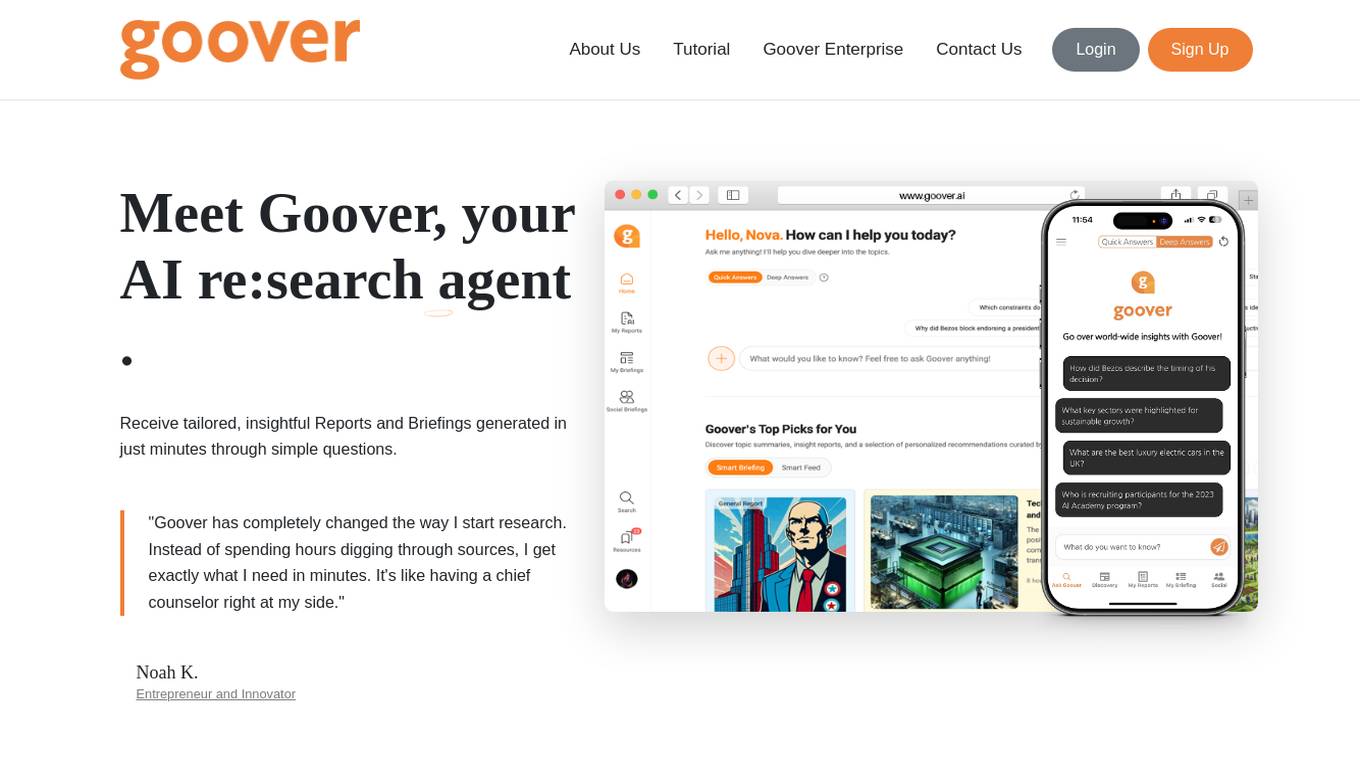
Goover
Goover is an AI Re:search Agent that provides tailored, insightful Reports and Briefings generated in minutes through simple questions. Trusted by global leaders and everyday users, Goover helps make informed decisions and navigate challenges effortlessly. Users can ask any question, attach documents, and turn questions into insights. With features like Smart Feed, Smart Briefing, and Briefing Agents, Goover ensures users stay informed on topics of interest and gain a competitive edge. Users can also upload documents, edit references, and regenerate reports in various styles for hyper-personalized AI-Reports. Goover's Chrome Extension allows users to clip insightful content, organize collections, and convert them into actionable insights. Additionally, Goover builds knowledge graphs automatically by reviewing reference documents, extracting key topics, and linking them semantically to reveal hidden insights and relationships among key players.
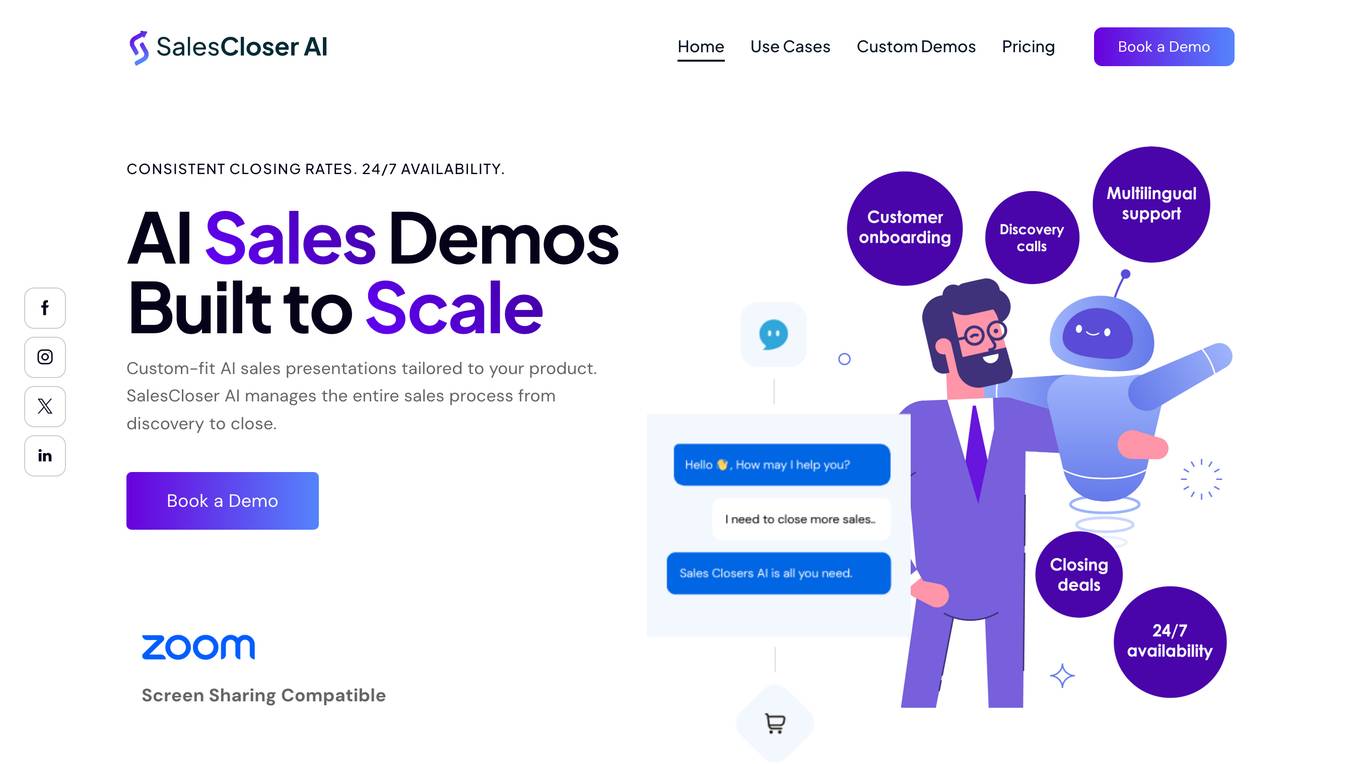
Sales Closer AI
Sales Closer AI is an AI-powered sales tool designed to help businesses scale their sales operations by creating AI agents capable of handling various tasks such as phone calls, scheduling, and conducting personalized discovery calls. The tool integrates seamlessly with existing CRM and marketing tools, enabling users to uncover customer pain points, build rapport, and deliver interactive demos in multiple languages. Sales Closer AI continuously learns and optimizes its approach, providing detailed notes for future reference and boosting conversion rates across different industries.
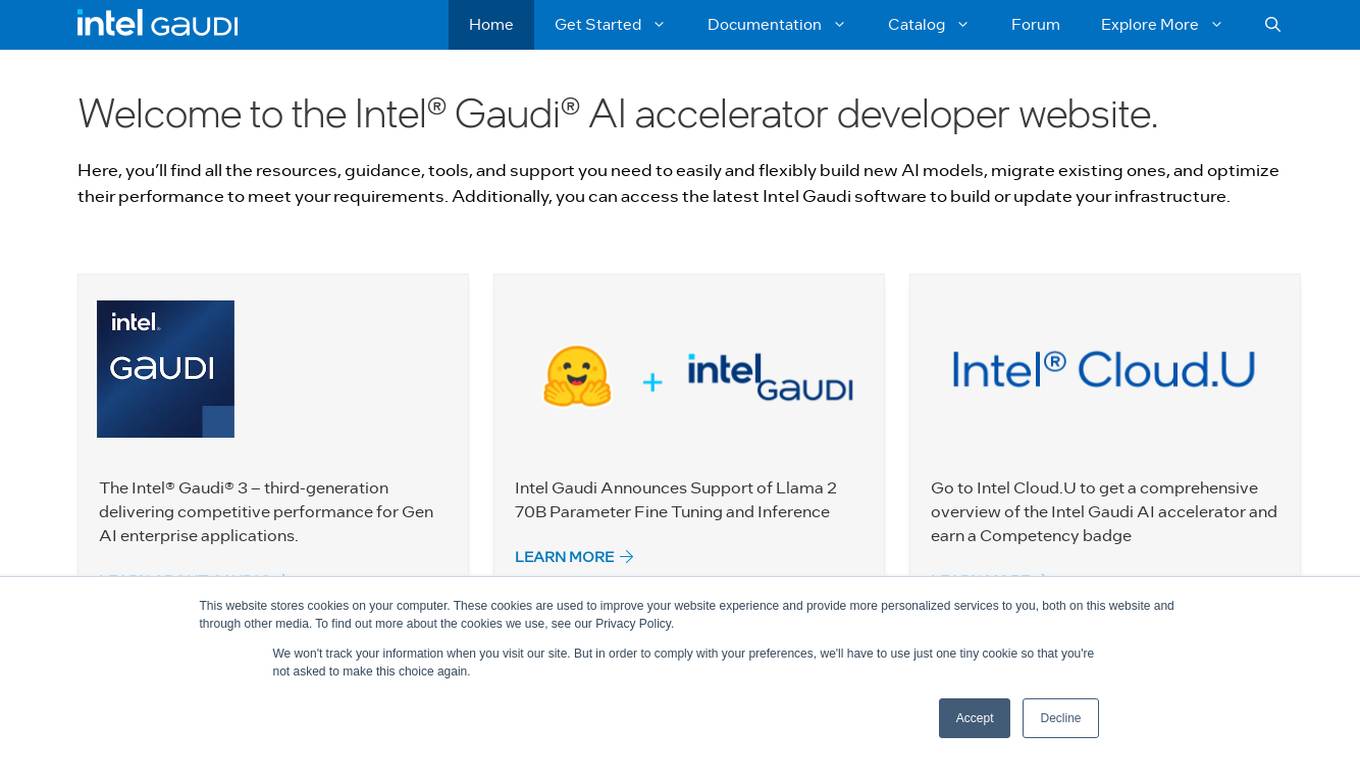
Intel Gaudi AI Accelerator Developer
The Intel Gaudi AI accelerator developer website provides resources, guidance, tools, and support for building, migrating, and optimizing AI models. It offers software, model references, libraries, containers, and tools for training and deploying Generative AI and Large Language Models. The site focuses on the Intel Gaudi accelerators, including tutorials, documentation, and support for developers to enhance AI model performance.
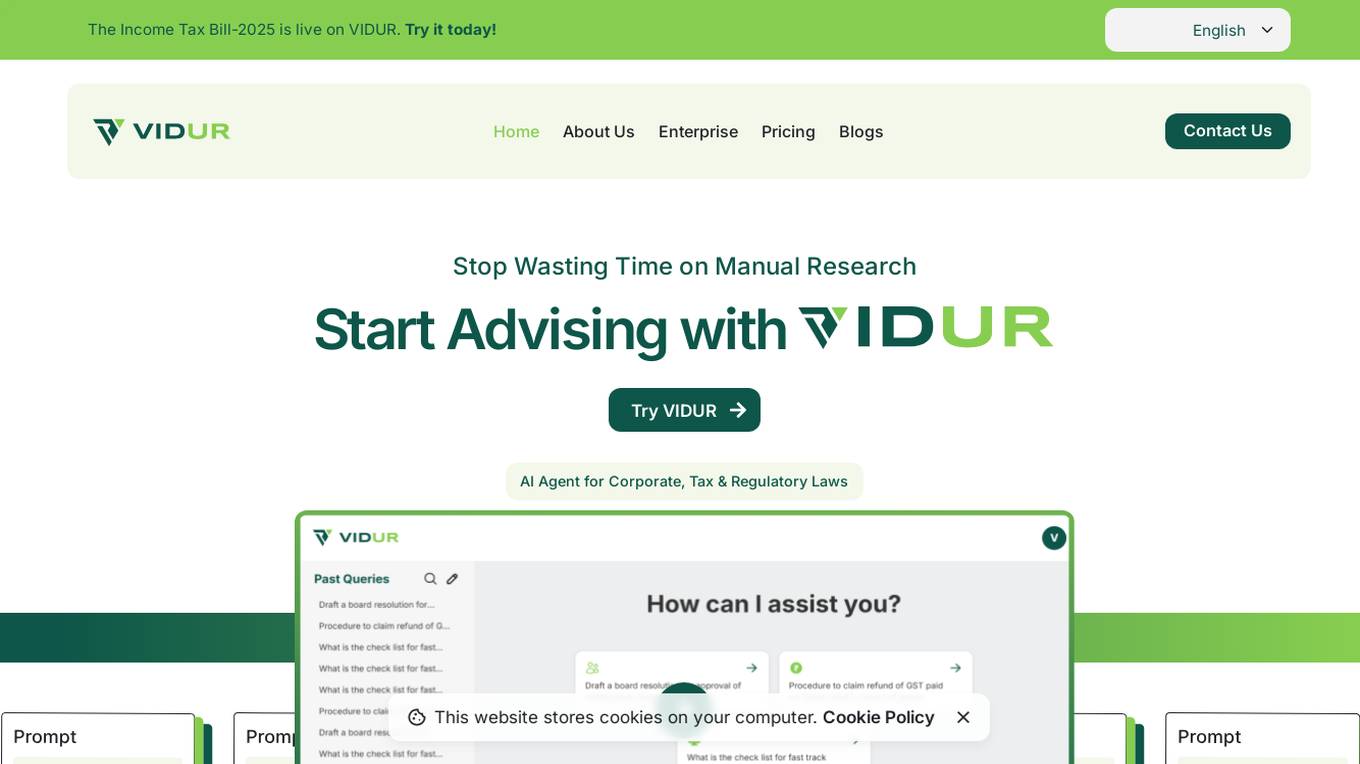
VIDUR
VIDUR is an AI agent designed for Corporate, Tax & Regulatory Laws. It provides expert-verified responses, updates, advisory, and drafts in a simple language format. The application is built by Ex Big4 and Tier 1 Law Firm Professionals, offering up-to-date knowledge from 250+ experts and Bharat Laws. VIDUR streamlines research processes, saves time, and ensures accuracy by harnessing proprietary access to knowledge and delivering high-quality, reliable results across diverse domains such as Income Tax, GST, Companies Act, and more.
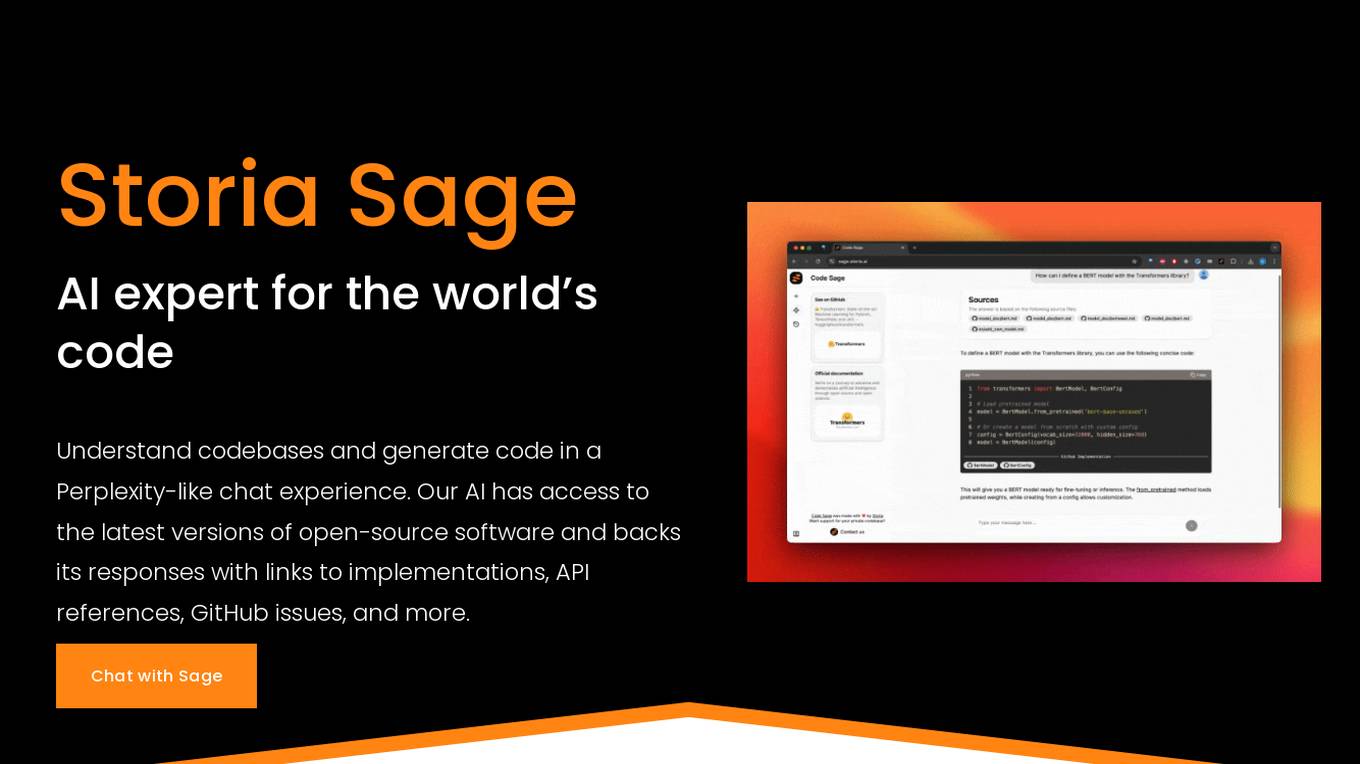
Storia AI
Storia AI is an AI tool designed to assist software engineering teams in understanding and generating code. It provides a Perplexity-like chat experience where users can interact with an AI expert that has access to the latest versions of open-source software. The tool aims to improve code understanding and generation by providing responses backed with links to implementations, API references, GitHub issues, and more. Storia AI is developed by a team of natural language processing researchers from Google and Amazon Alexa, with a mission to build the most reliable AI pair programmer for engineering teams.
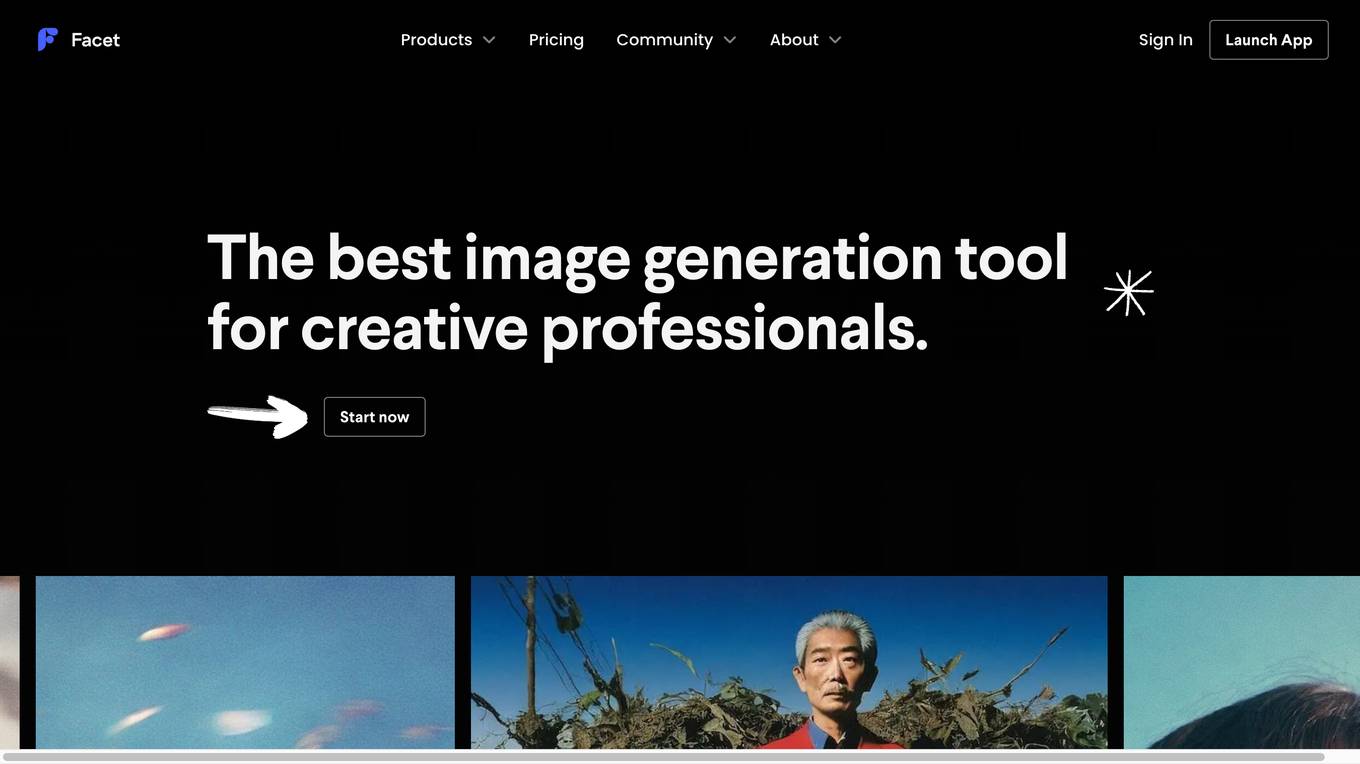
Facet
Facet is a cutting-edge generative imagery tool that helps creative professionals focus on what matters. It provides creative assistance without trading off artistic control. Facet helps overcome time and resource constraints that prevent trying out ideas. It offers an intuitive image generation experience with more than just text prompts, including image references, automatic prompt variations, and even custom models trained on the user's exact aesthetic. Facet allows users to train a custom model using their own images in minutes, generating endless assets in their exact vision. Users can add image references to any prompt, instantly getting images that adhere to their subject or style. Facet provides a collaborative canvas for users to riff with teammates and build off of each other's prompts and ideas.
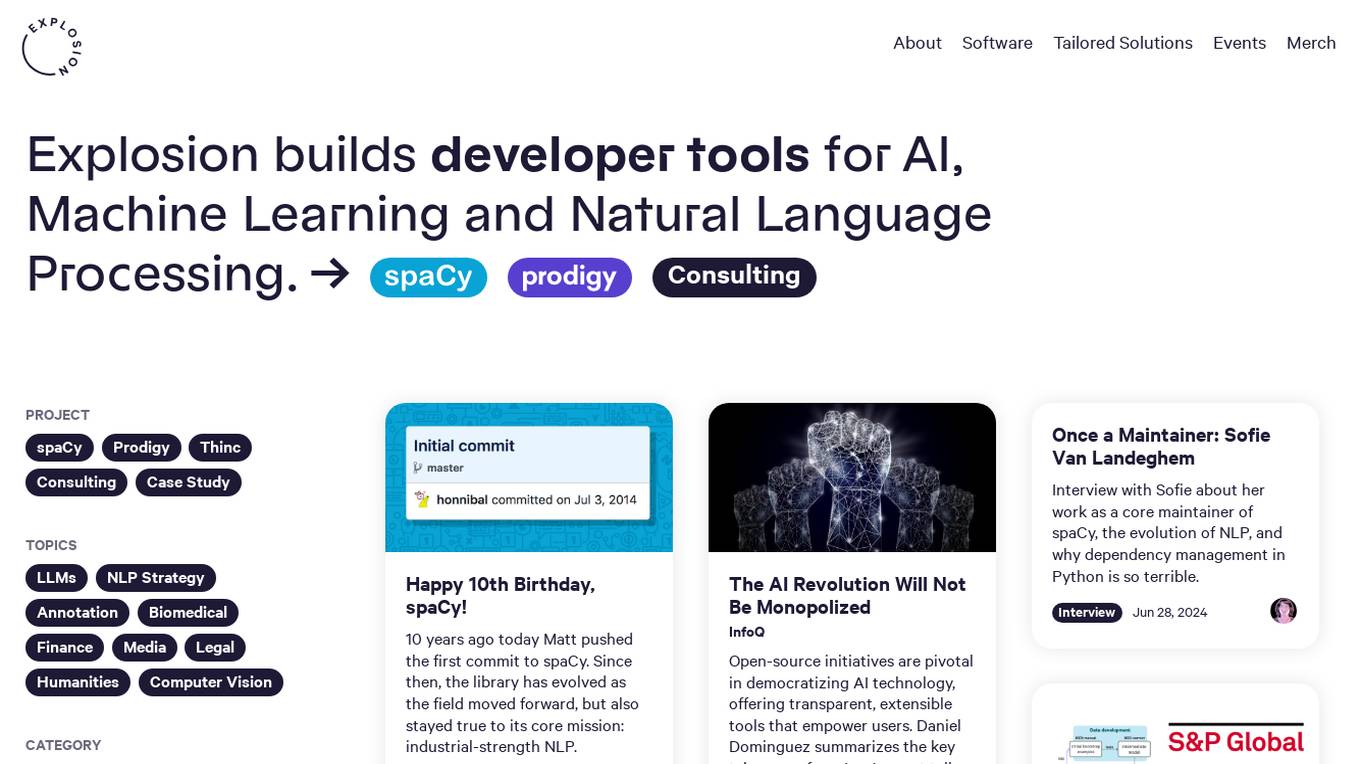
Explosion
Explosion is a software company specializing in developer tools and tailored solutions for AI, Machine Learning, and Natural Language Processing (NLP). They are the makers of spaCy, one of the leading open-source libraries for advanced NLP. The company offers consulting services and builds developer tools for various AI-related tasks, such as coreference resolution, dependency parsing, image classification, named entity recognition, and more.
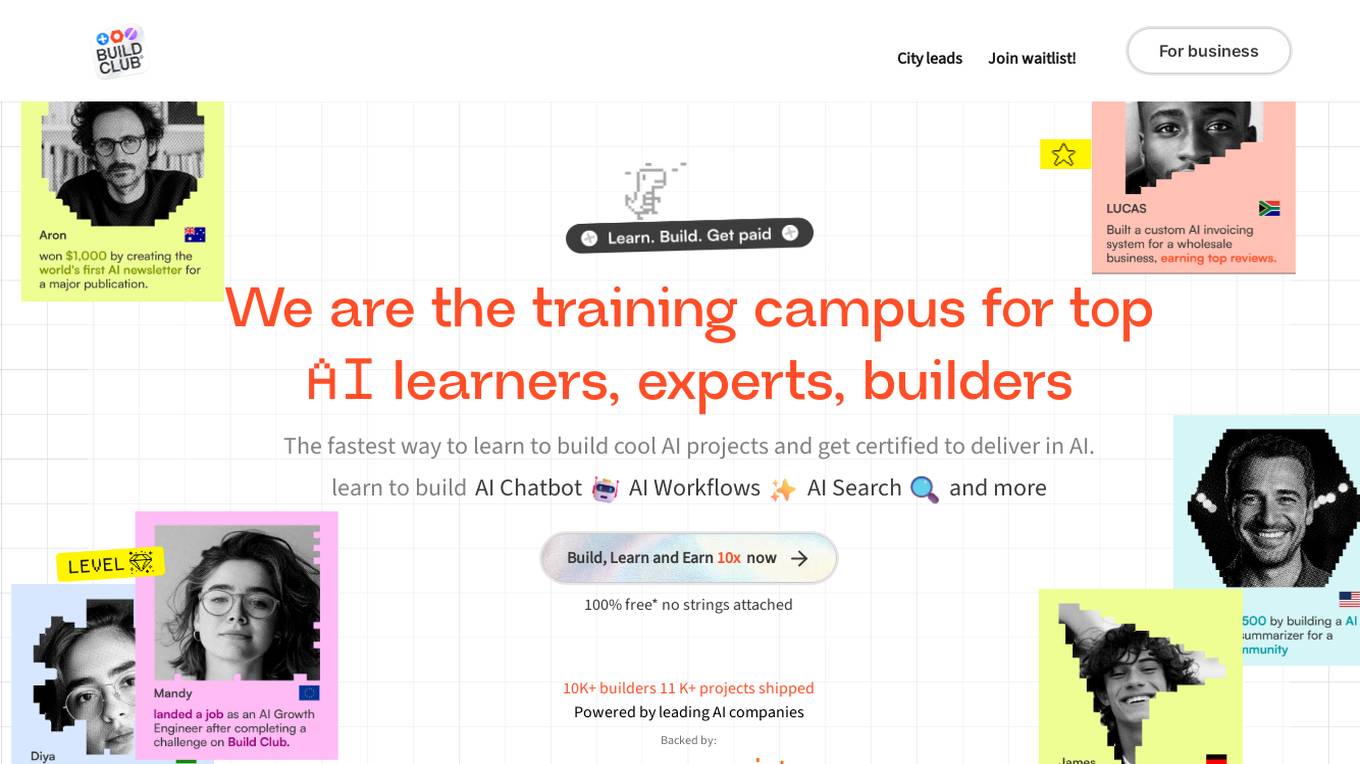
Build Club
Build Club is a leading training campus for AI learners, experts, and builders. It offers a platform where individuals can upskill into AI careers, get certified by top AI companies, learn the latest AI tools, and earn money by solving real problems. The community at Build Club consists of AI learners, engineers, consultants, and founders who collaborate on cutting-edge AI projects. The platform provides challenges, support, and resources to help individuals build AI projects and advance their skills in the field.
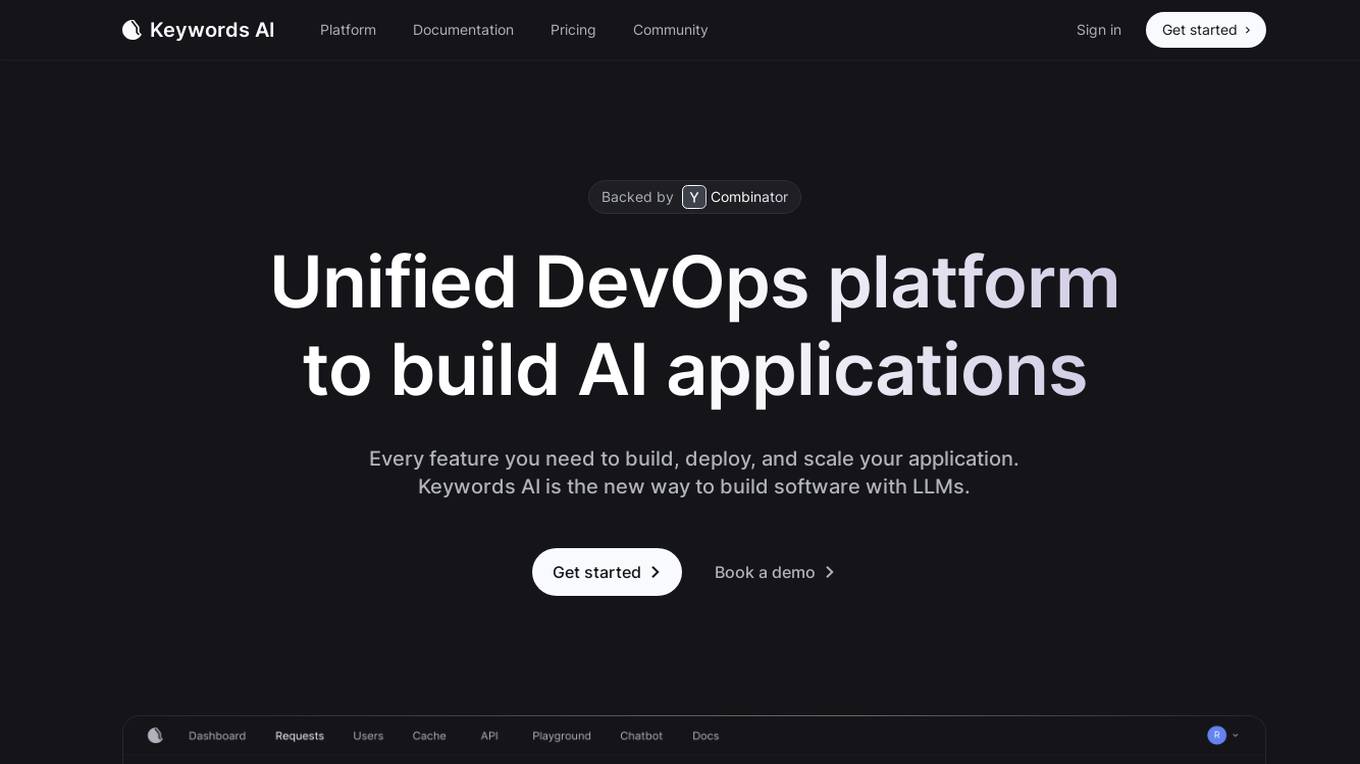
Unified DevOps platform to build AI applications
This is a unified DevOps platform to build AI applications. It provides a comprehensive set of tools and services to help developers build, deploy, and manage AI applications. The platform includes a variety of features such as a code editor, a debugger, a profiler, and a deployment manager. It also provides access to a variety of AI services, such as natural language processing, machine learning, and computer vision.
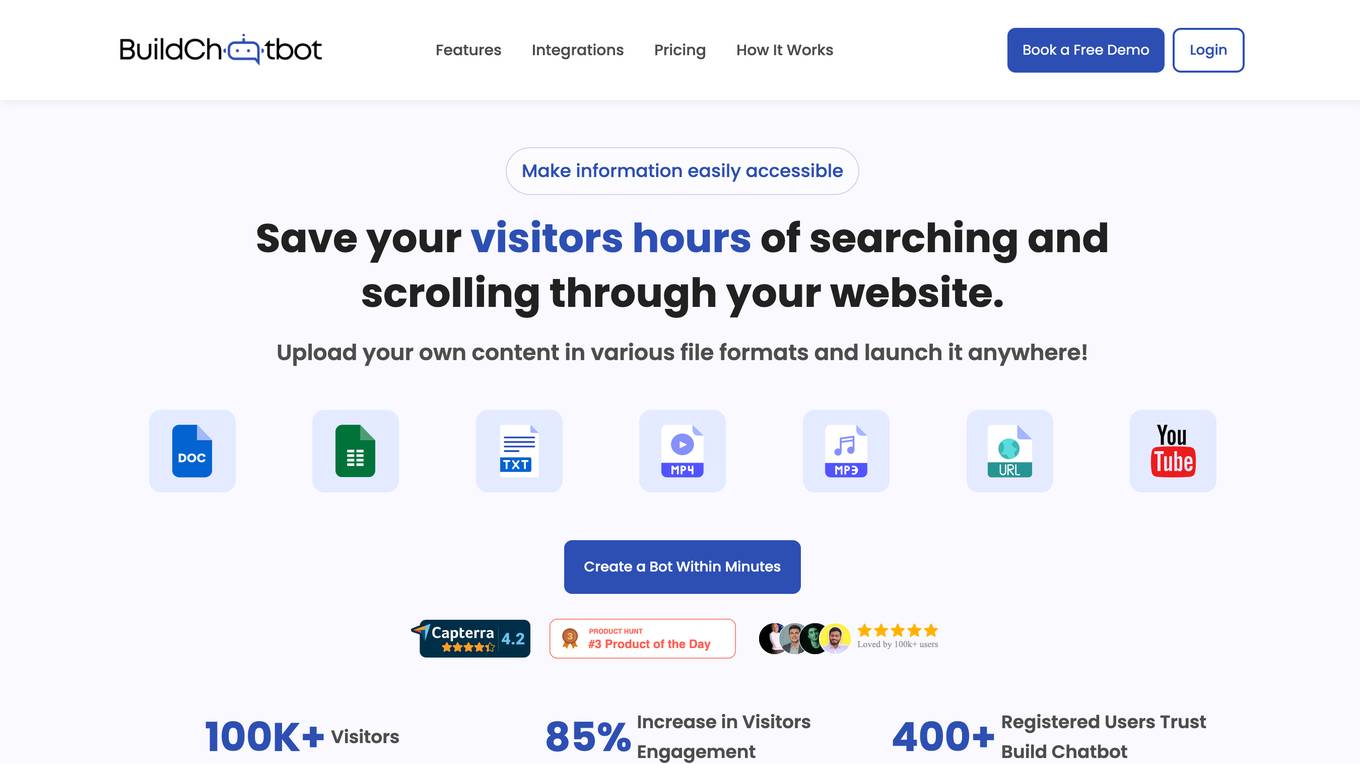
Build Chatbot
Build Chatbot is a no-code chatbot builder designed to simplify the process of creating chatbots. It enables users to build their chatbot without any coding knowledge, auto-train it with personalized content, and get the chatbot ready with an engaging UI. The platform offers various features to enhance user engagement, provide personalized responses, and streamline communication with website visitors. Build Chatbot aims to save time for both businesses and customers by making information easily accessible and transforming visitors into satisfied customers.
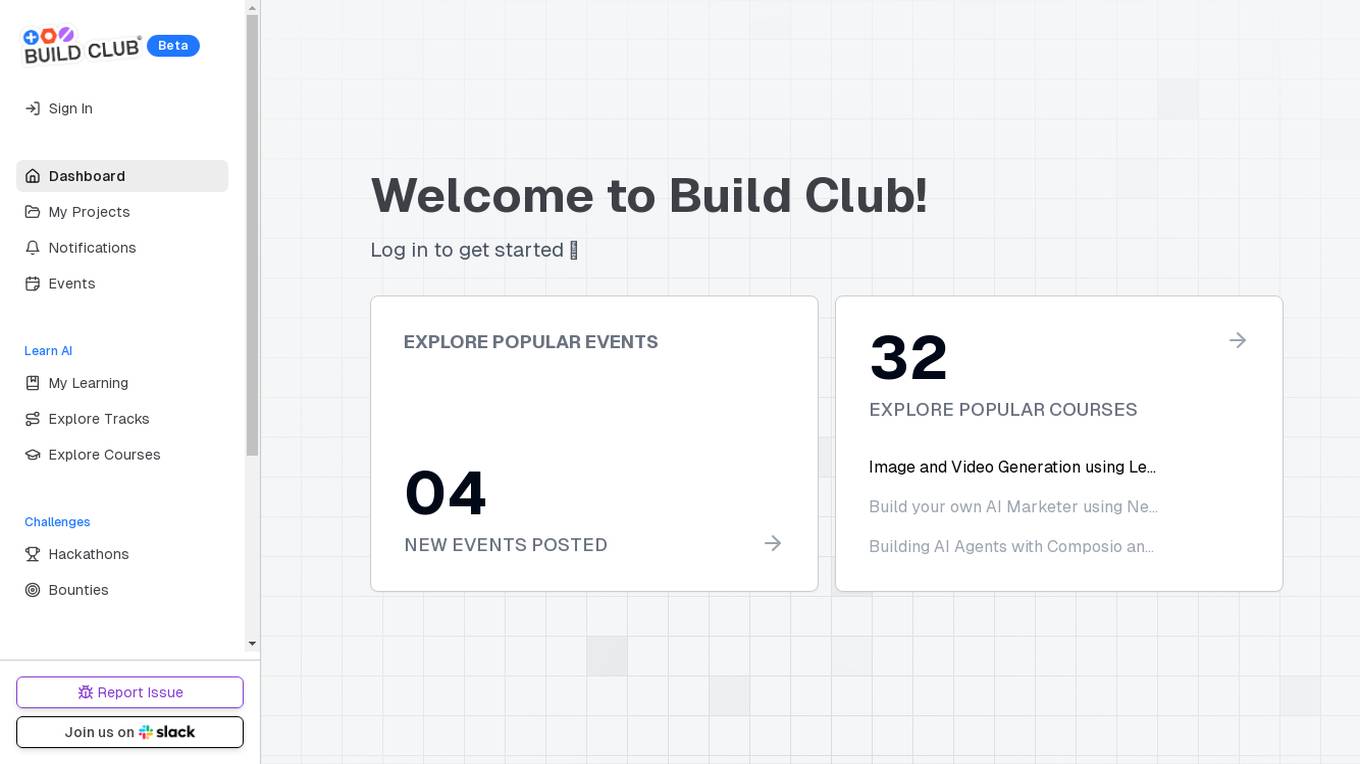
Build Club
Build Club is an AI tool designed to help individuals learn and explore various aspects of artificial intelligence. The platform offers a wide range of courses, challenges, hackathons, and community projects to enhance users' AI skills. Users can build AI models for tasks like image and video generation, AI marketing, and creating AI agents. Build Club aims to create a collaborative learning environment for AI enthusiasts to grow their knowledge and skills in the field of artificial intelligence.
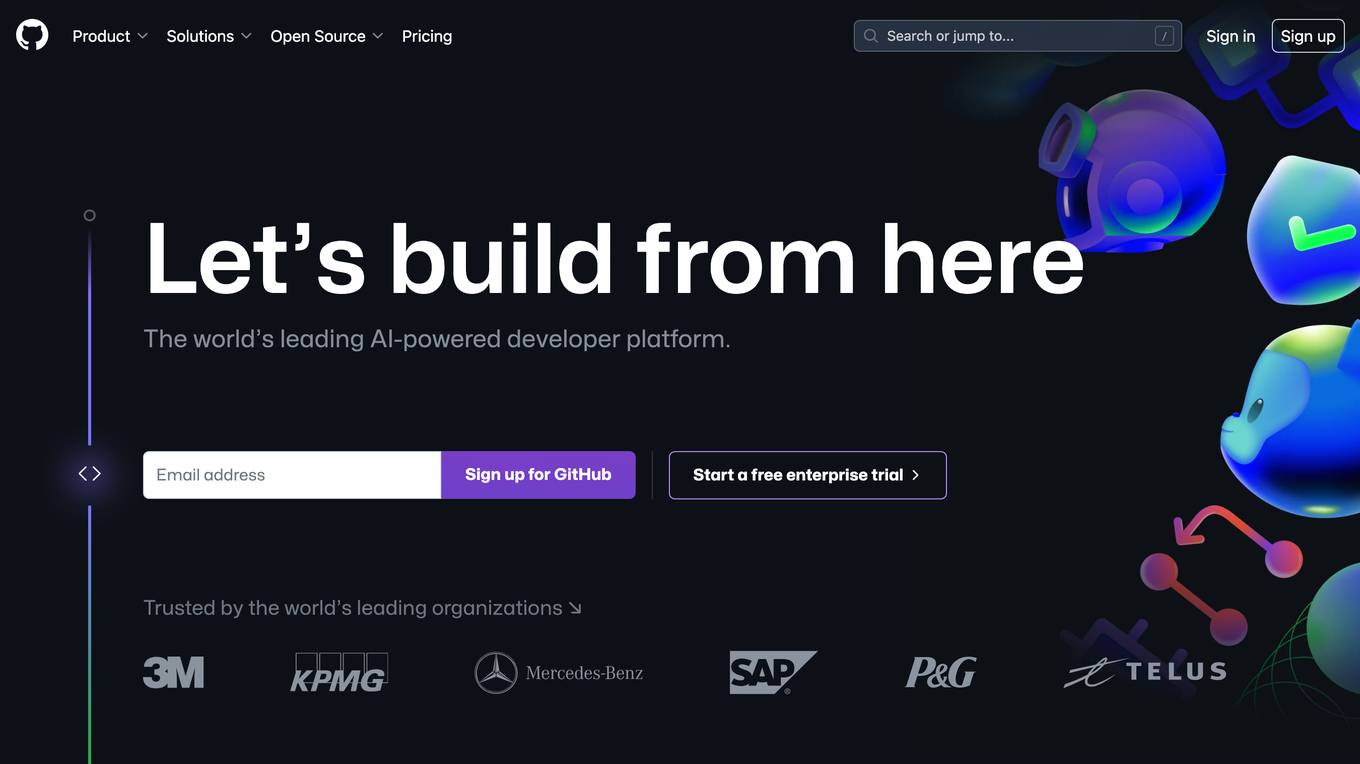
GitHub
GitHub is a collaborative platform that allows users to build and ship software efficiently. GitHub Copilot, an AI-powered tool, helps developers write better code by providing coding assistance, automating workflows, and enhancing security. The platform offers features such as instant dev environments, code review, code search, and collaboration tools. GitHub is widely used by enterprises, small and medium teams, startups, and nonprofits across various industries. It aims to simplify the development process, increase productivity, and improve the overall developer experience.
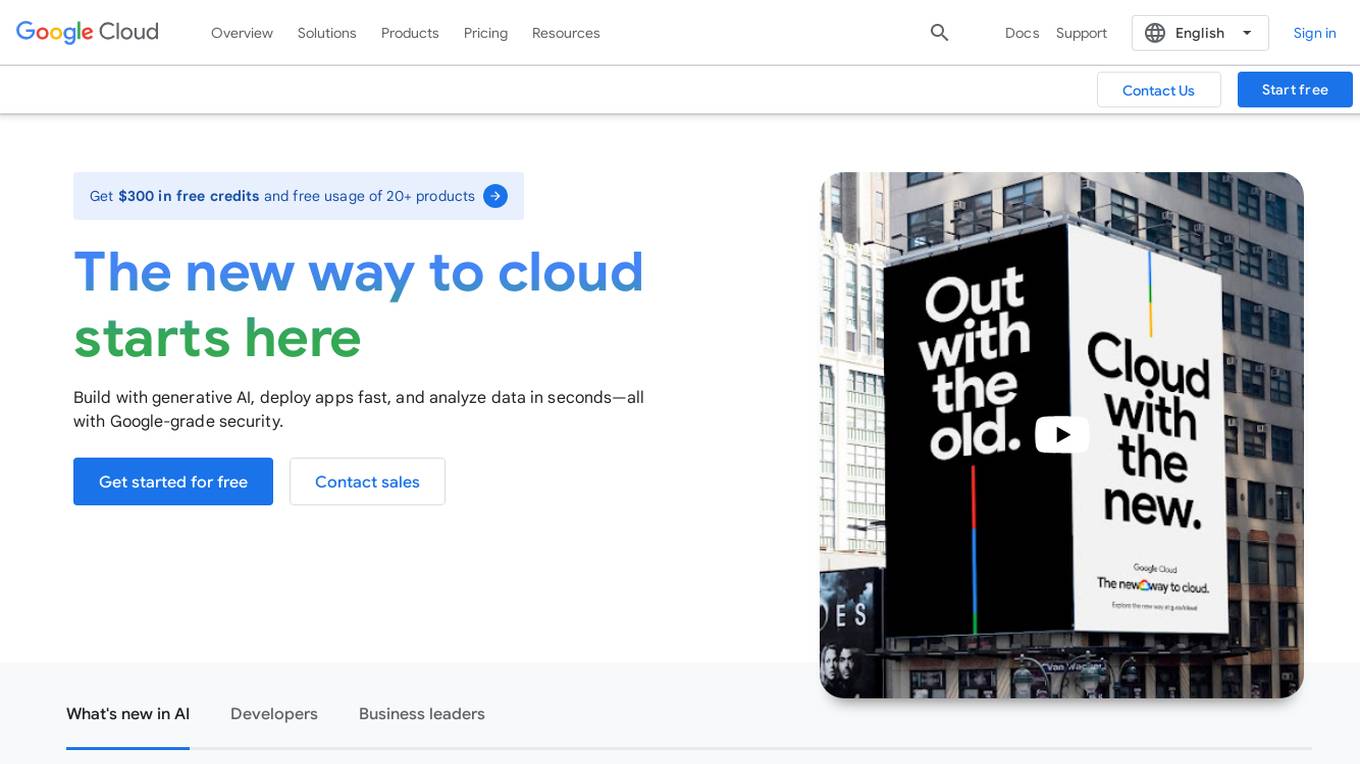
Google Cloud
Google Cloud is a suite of cloud computing services that runs on the same infrastructure as Google. Its services include computing, storage, networking, databases, machine learning, and more. Google Cloud is designed to make it easy for businesses to develop and deploy applications in the cloud. It offers a variety of tools and services to help businesses with everything from building and deploying applications to managing their infrastructure. Google Cloud is also committed to sustainability, and it has a number of programs in place to reduce its environmental impact.
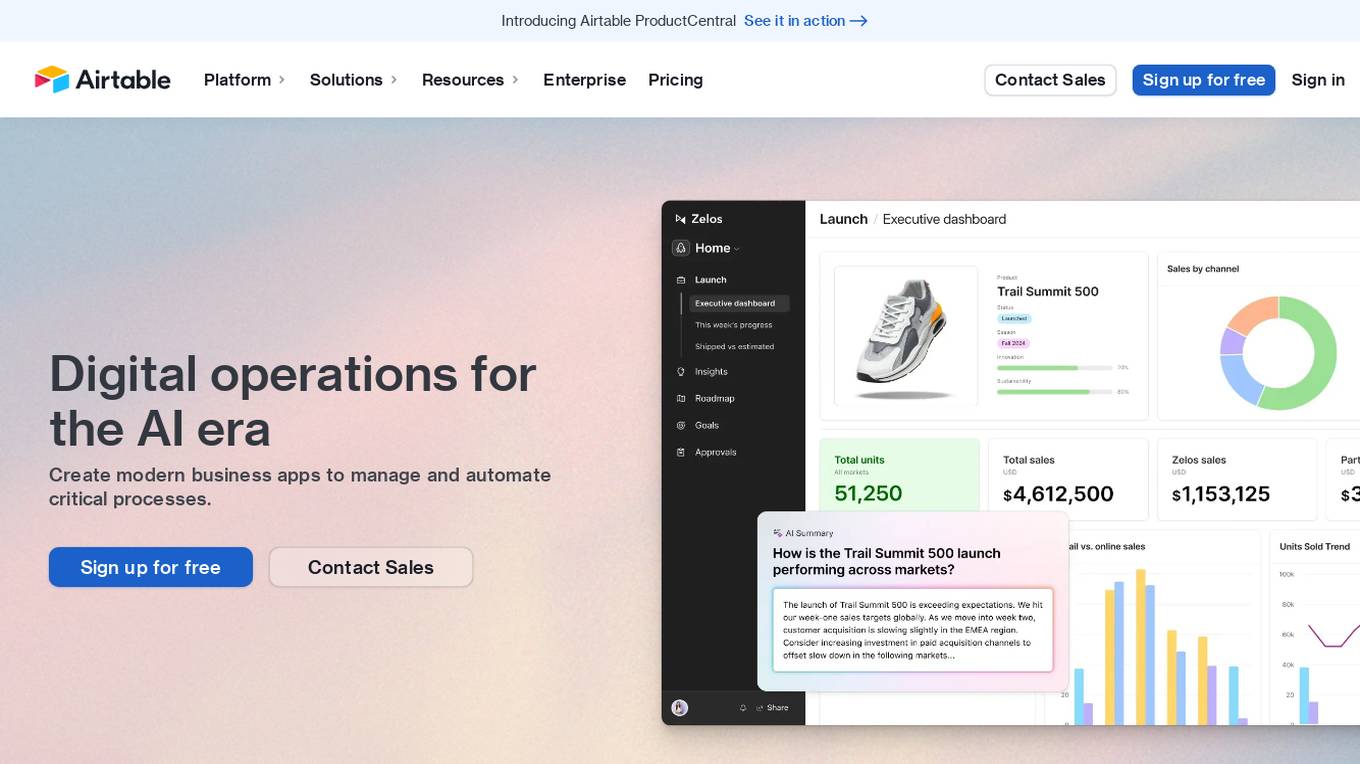
Airtable
Airtable is a next-gen app-building platform that enables teams to create custom business apps without the need for coding. It offers features like AI integration, connected data, automations, interface design, and data visualization. Airtable allows users to manage security, permissions, and data protection at scale. The platform also provides integrations with popular tools like Slack, Google Drive, and Salesforce, along with an extension marketplace for additional templates and apps. Users can streamline workflows, automate processes, and gain insights through reporting and analytics.
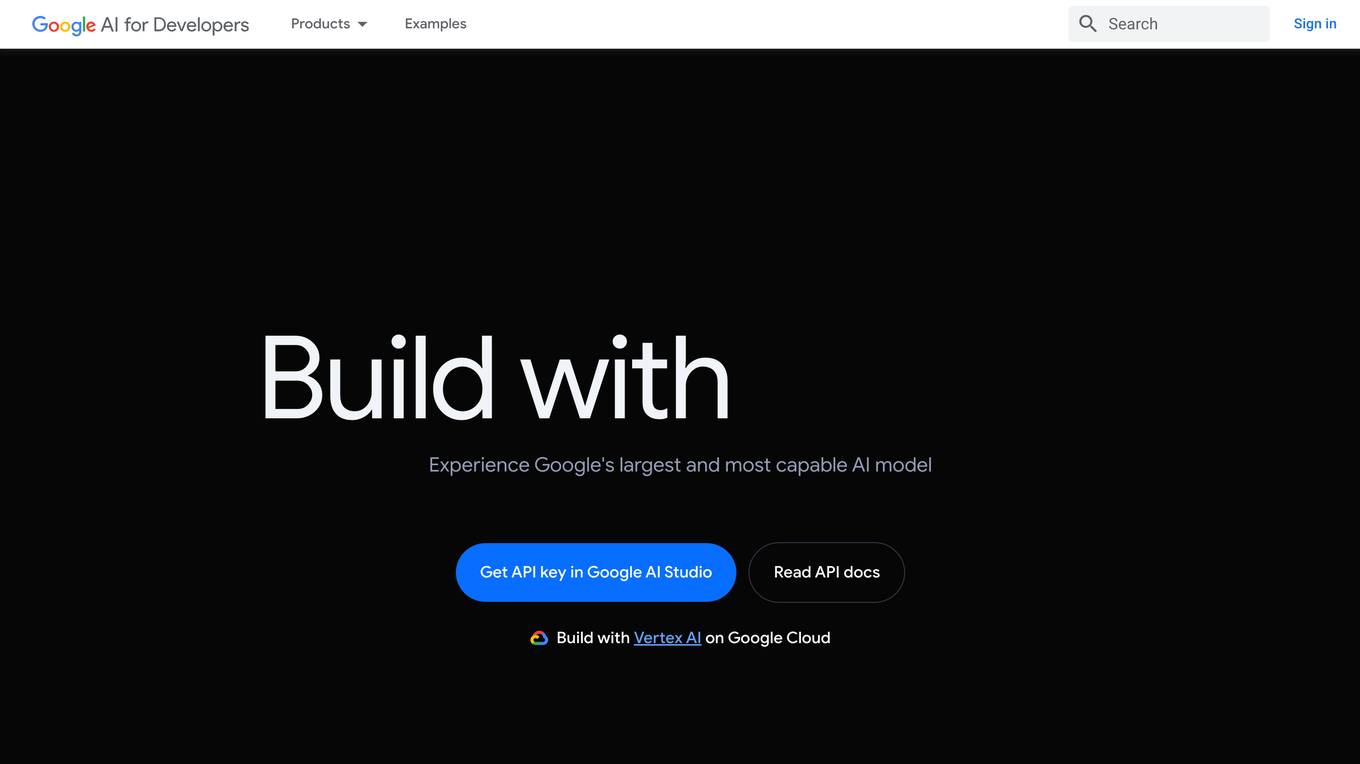
Gemini
Gemini is a large and powerful AI model developed by Google. It is designed to handle a wide variety of text and image reasoning tasks, and it can be used to build a variety of AI-powered applications. Gemini is available in three sizes: Ultra, Pro, and Nano. Ultra is the most capable model, but it is also the most expensive. Pro is the best performing model for a wide variety of tasks, and it is a good value for the price. Nano is the most efficient model, and it is designed for on-device use cases.
0 - Open Source AI Tools
20 - OpenAI Gpts
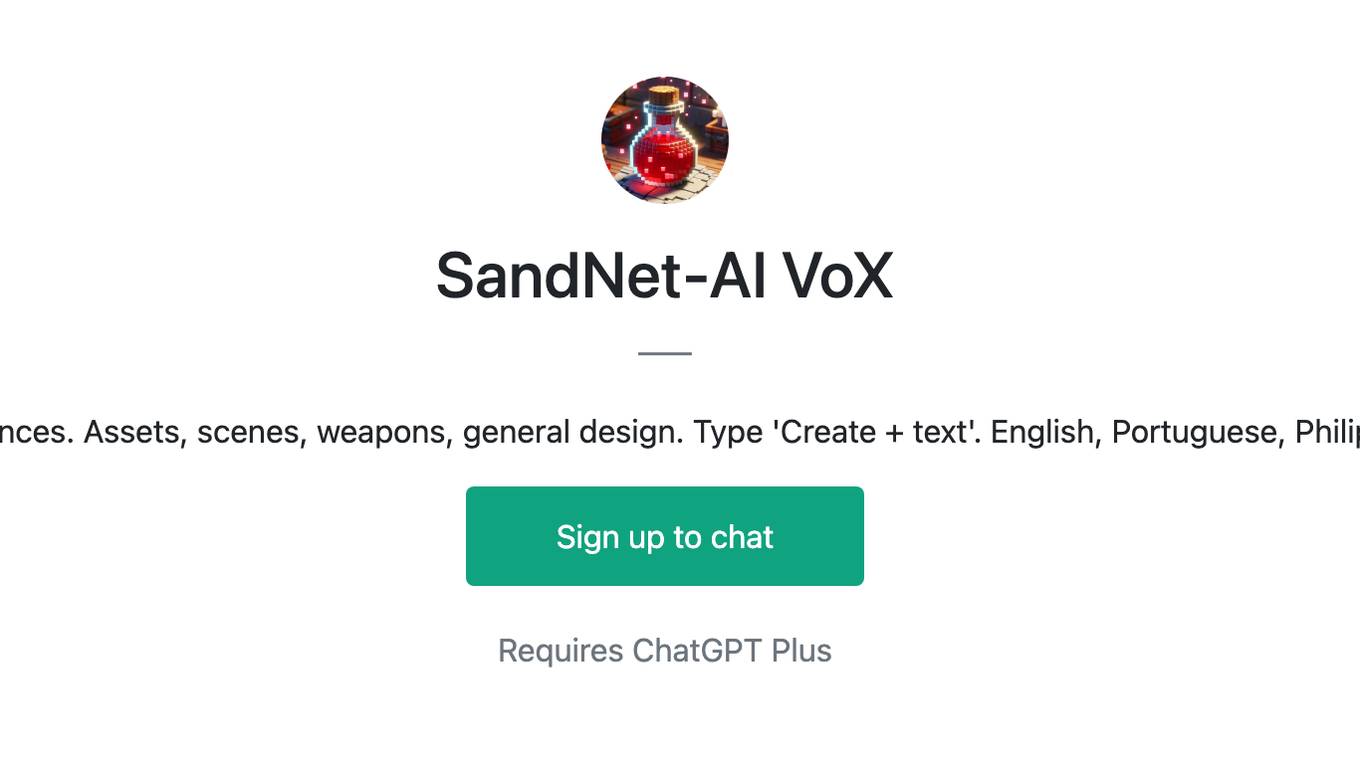
SandNet-AI VoX
Create voxel art references. Assets, scenes, weapons, general design. Type 'Create + text'. English, Portuguese, Philipines,..., +60 others.
![VitalsGPT [V0.0.2.2] Screenshot](/screenshots_gpts/g-cL1rJdm11.jpg)
VitalsGPT [V0.0.2.2]
Simple CustomGPT built on Vitals Inquiry Case in Malta, aimed to help journalists and citizens navigate the inquiry's large dataset in a neutral, informative fashion. Always cross-reference replies to actual data. Do not rely solely on this LLM for verification of facts.

孙溢高级护理职称申报材料准备助手
帮助你准备高级护理职称申报所需的各种材料的助手。可以根据你的申报职称级别、申报专业方向、申报单位等信息,为你生成一份符合格式要求和内容要求的申报材料清单,包括申报表、考核表、临床成果等资料。它还可以提供一些参考文献和范文,帮助你完善和优化你的申报材料。
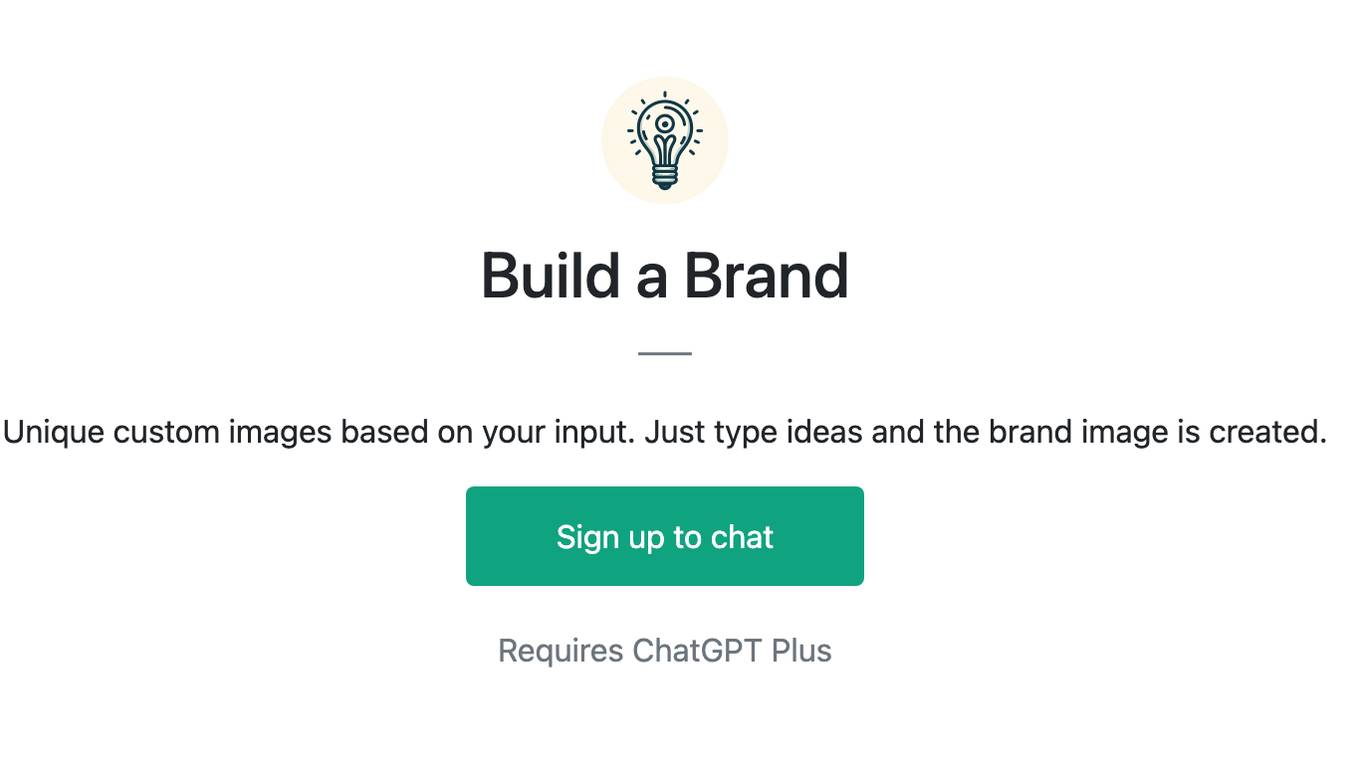
Build a Brand
Unique custom images based on your input. Just type ideas and the brand image is created.
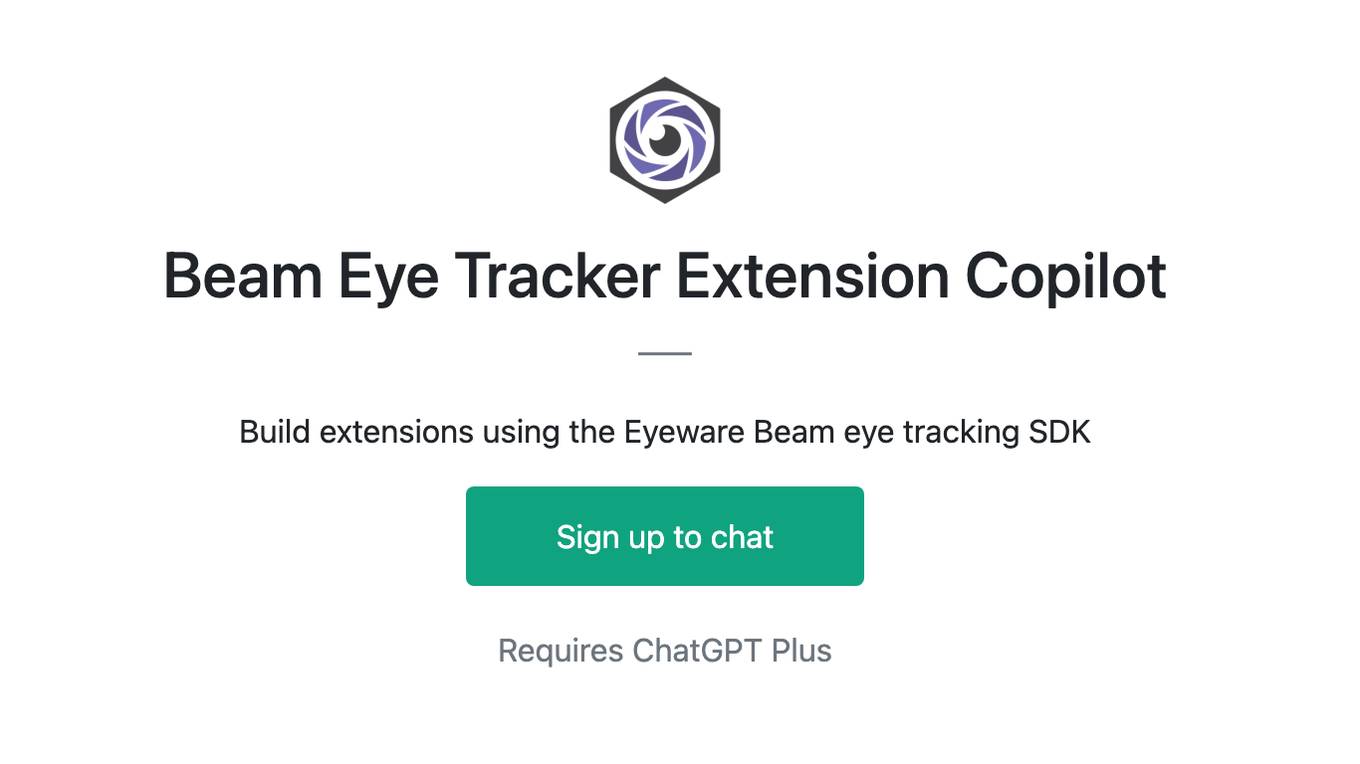
Beam Eye Tracker Extension Copilot
Build extensions using the Eyeware Beam eye tracking SDK
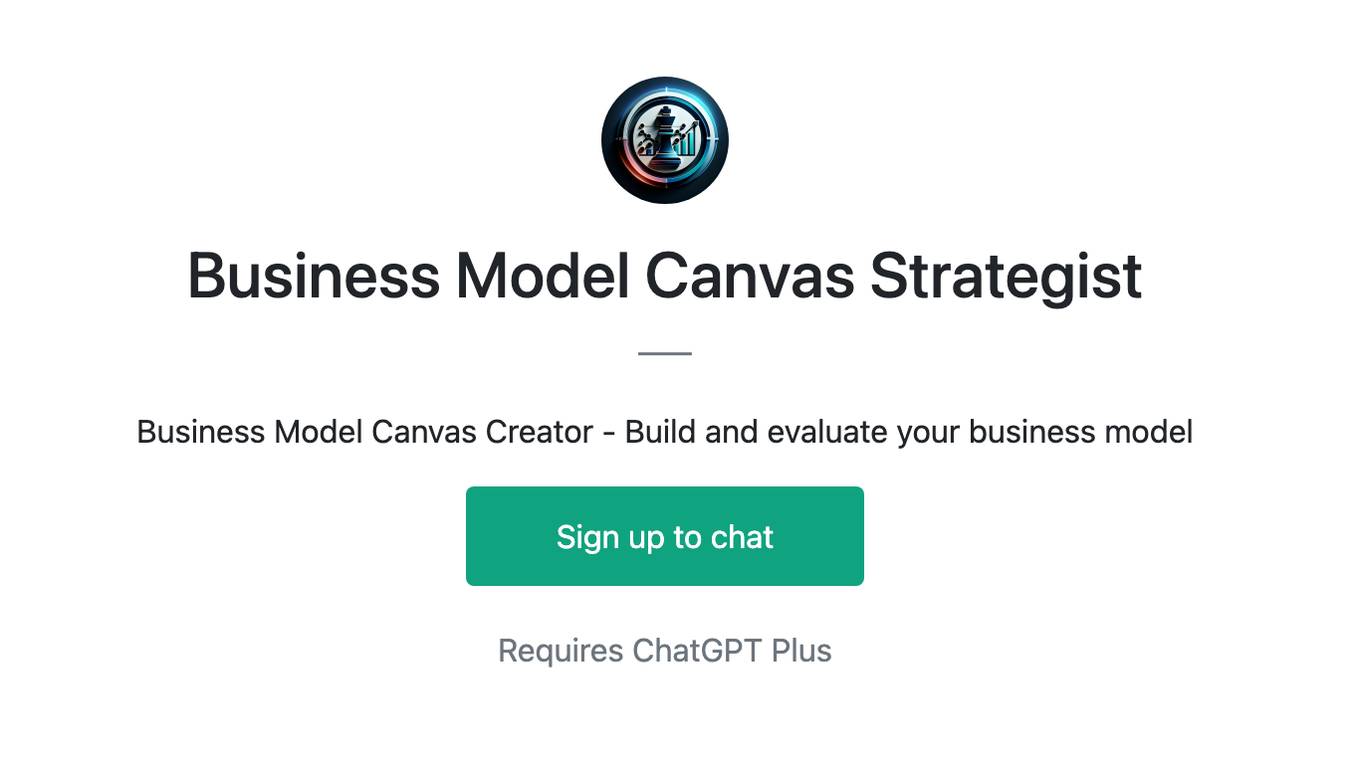
Business Model Canvas Strategist
Business Model Canvas Creator - Build and evaluate your business model

League Champion Builder GPT
Build your own League of Legends Style Champion with Abilities, Back Story and Splash Art
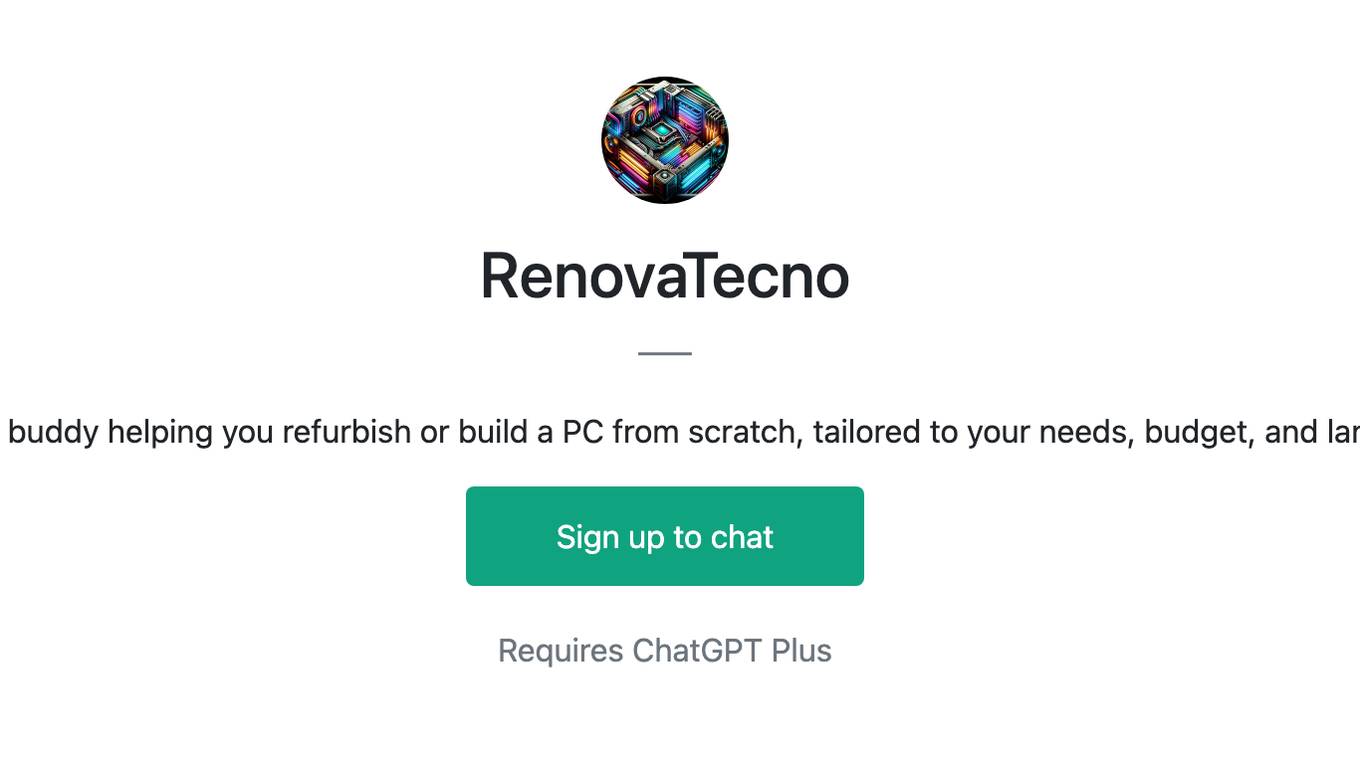
RenovaTecno
Your tech buddy helping you refurbish or build a PC from scratch, tailored to your needs, budget, and language.
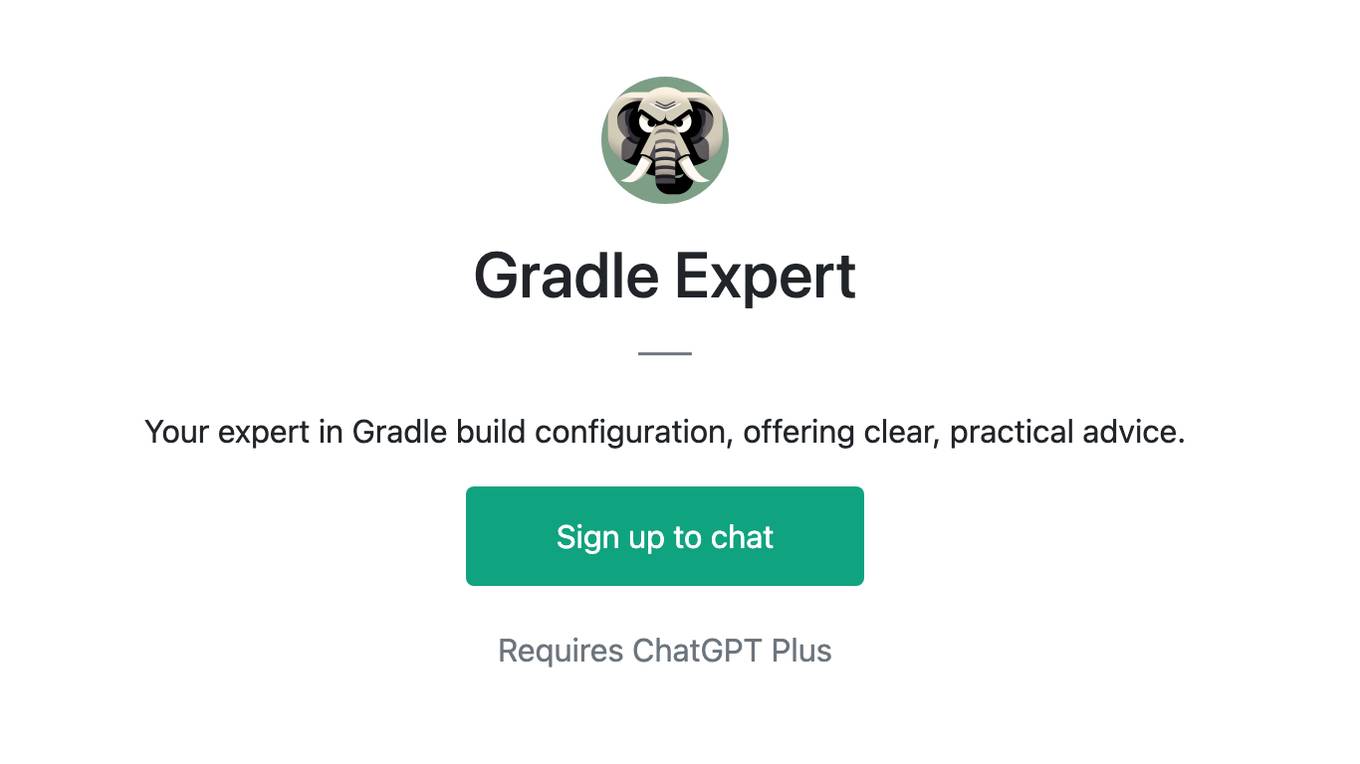
Gradle Expert
Your expert in Gradle build configuration, offering clear, practical advice.
